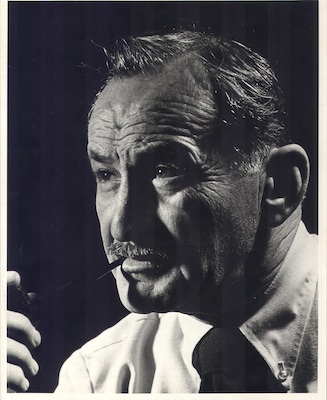
My dad in the mid-1980s, probably "sitting" for a portrait in an adult-education photography class that he taught for decades at Lynwood High School.
Yesterday marked the tenth anniversary of my father’s death. I did all the things to remember—on the weekend, my family and I visited my dad’s grave; yesterday, I marked his death with the religious observance of lighting a yahrtzeit candle; and I spent a good bit of time over the last several weeks thinking about him, the relationship of children to parents, and fatherhood in general.
Late last night, I received an email from Jim Ostroff. Jim—known throughout the family as “Jimmy”—is my second cousin. Our grandparents were siblings. And our grandmothers were the closest of friends. Jimmy’s mother and my father were the same age, and they had been close growing up. Jimmy writes for a living, and has his entire adult life. More than anyone, he embodies the career aspirations of both his mother and my father, who hoped they might someday possibly earn a living from putting words together. They never did; Jimmy has for almost forty years.
With his permission, here are the amazing words he sent me late last night:
Today was a rather mundane day. I arrived at work early to catch up on paperwork, did several batches of R&W, filed stories, did more paperwork and got home late.
It was a blur like many a day. I will not be able to recall what I wrote, with whom I spoke, or what I ate for lunch five days from now, little less five years hence.
Yet, today is a special day; one that caused me to pause and think and reflect many times.
For you see, as the month of May rolled around I realized that its end also would mark the passage of 10 years since your dad died. Even now, it’s very hard for me to mentally utter that last phrase.
Yes, one day often is as nondescript as the next one, but some who pass through our lives have an outsized affect and leave a legacy that knows no bounds of time.
I won’t attempt to wax rhapsodic. Saul Skolnick would not approve! (And probably engage in word play & needling to indicate his distaste for such praise.)
Your dad, Shullie, was rather revered in my family for his quick wit, writing ability, determination and pluck in striking out on his own course, and sticking with it. As a child, my mom often would use her cousin as an example for me to emulate, walking me through the progression from “bad kid, bad student” to witty, popular guy and A-Student–ehh, even if he declined the Arista because “it gave him indigestion.”
Mom emphasized that regardless of what we are given, a few like her cousin Shullie found ways, by dint of determination, to go far beyond what people “expected” of them, to achieve goals that seemed impossible. So, in ways that no one would have any inkling, Mr. Skolnick helped to spur me on in life.
Though your dad and I had but sporadic moments to chat one on one, I so much appreciated the times we did. Ohhh, he could be short and a tad cranky, sometimes, but in perspective, I think there was a method to his needling. I never detected animus. Bottom line is that if he nibbled around the edges it was to spur you on and hold your feet to the fire as if to say, “I know you can do better. Try. Don’t quit.”
Over the years I had a small number of teachers like that. They were demanding, tough as nails and wouldn’t brook excuses. They also were the ones who did push me to excel where I might have been content to bob along.
I think your dad was of the same ilk and proof of that came time and again during his life and afterwards in the form of comments by former students whose lives’ he affected in a most positive way.
Paul, the superb eulogy for your dad was right on in noting our tradition holds that whatever just rewards we deserve come during our lifetimes. I think, looking back now from this perspective, Saul, Shully, Shelly Skolnick was richly rewarded in the affections and thoughts of many, many people. That is why the mention of his name continues to bring a smile to countless faces and will for years to come.
This is his legacy to us all. I’m smiling now. Ear to ear.
 Pictures tell an important story, and I want to thank Yogev Strauber, one of the newest of my new-found cousins, for rounding up photos of his immediate family—his grandfather (who has been dead for twenty years), his parents, his siblings, and himself—to be added to his branch of the family tree.
Pictures tell an important story, and I want to thank Yogev Strauber, one of the newest of my new-found cousins, for rounding up photos of his immediate family—his grandfather (who has been dead for twenty years), his parents, his siblings, and himself—to be added to his branch of the family tree.
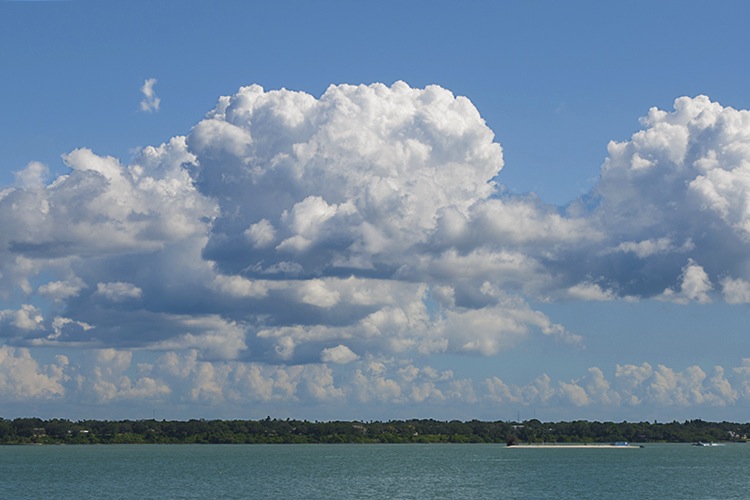
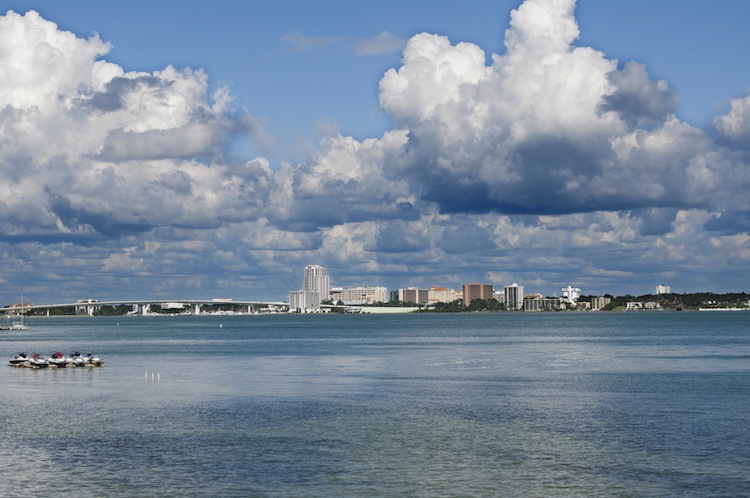
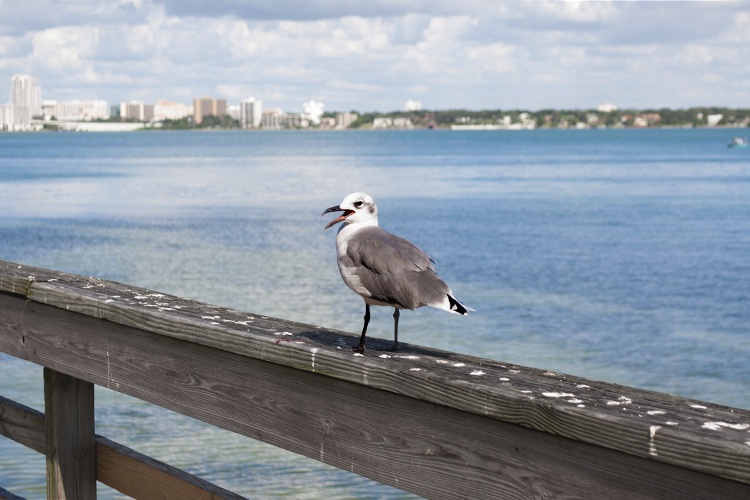

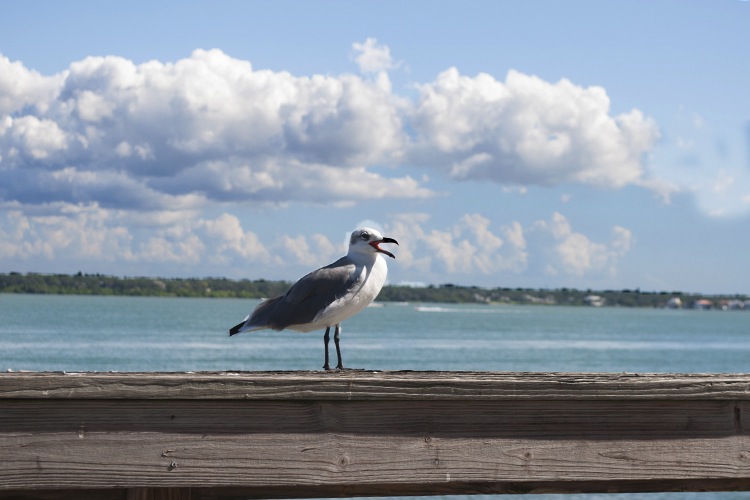
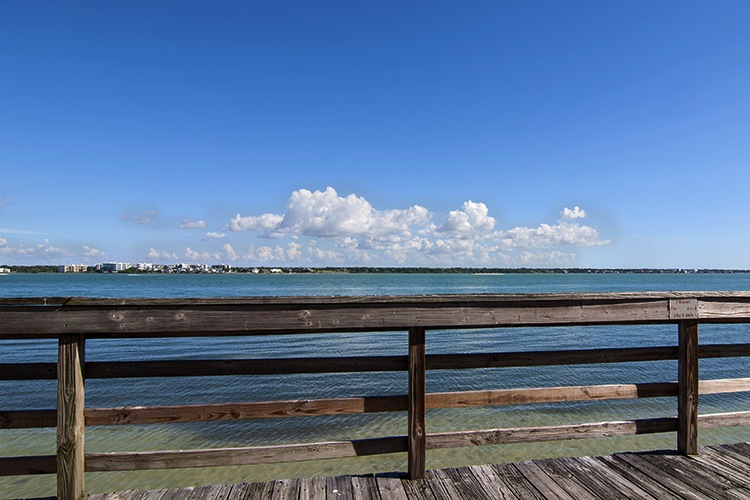

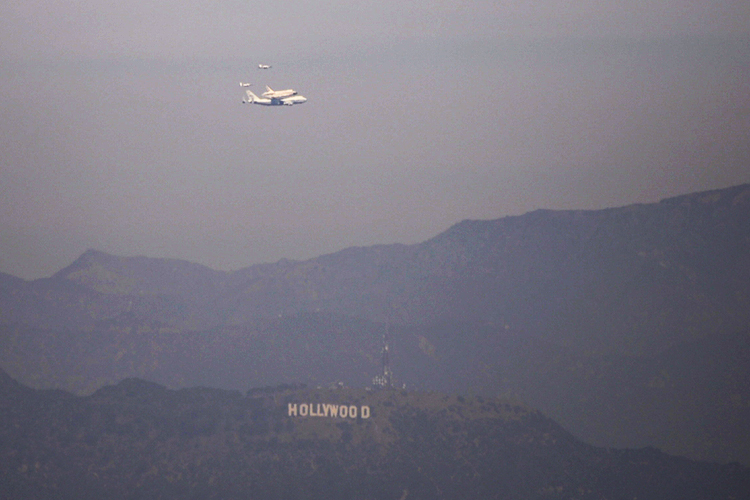

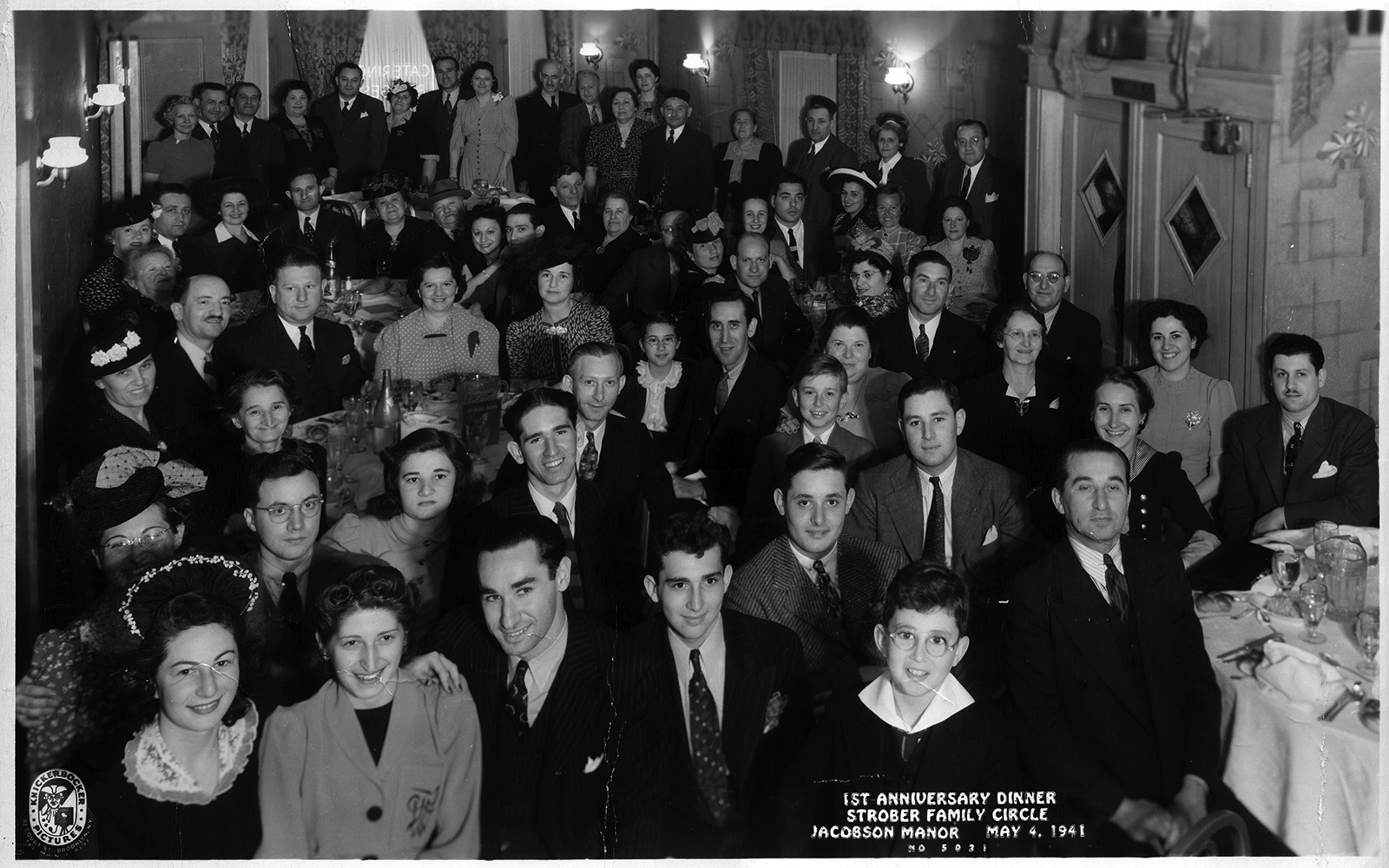
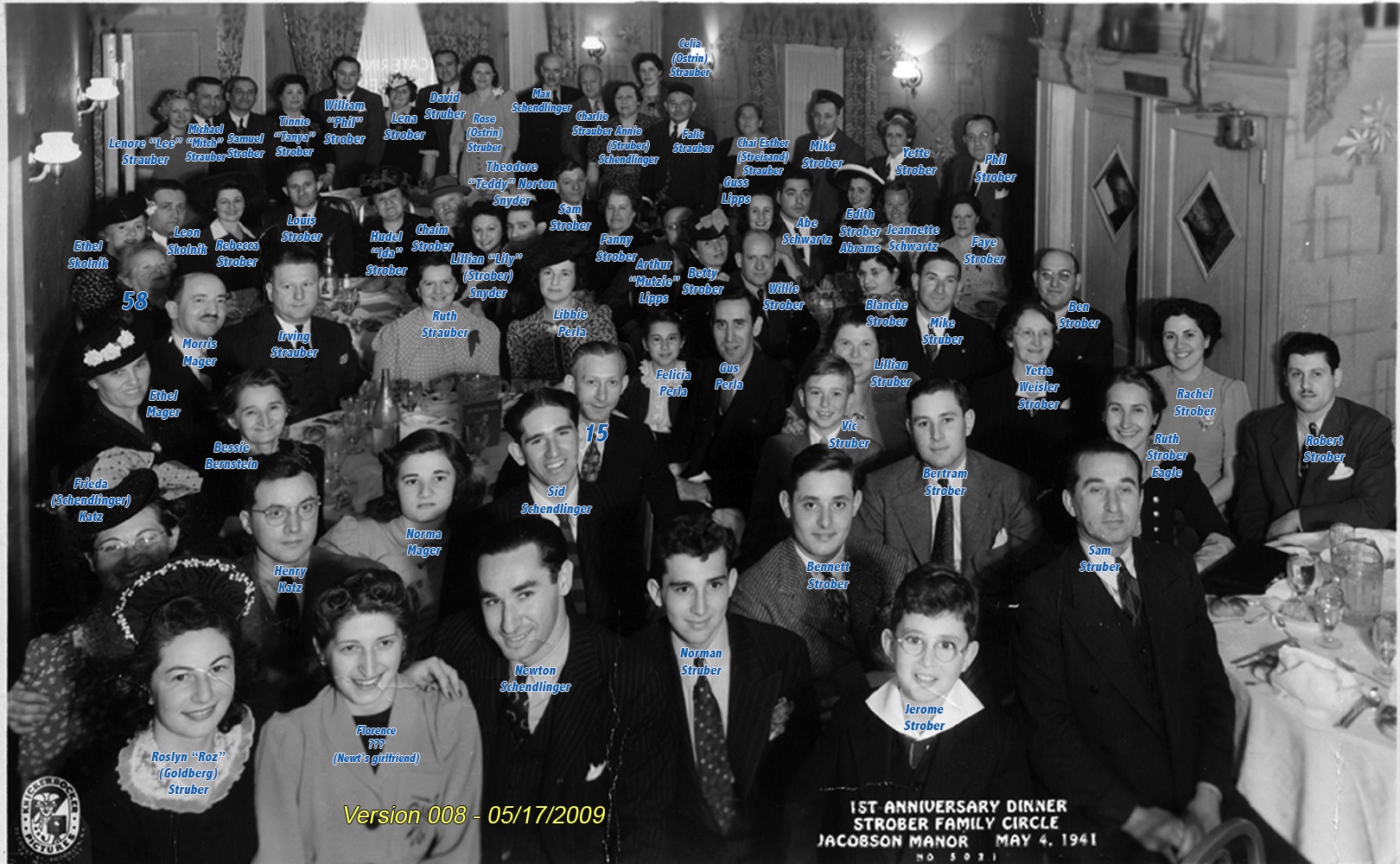

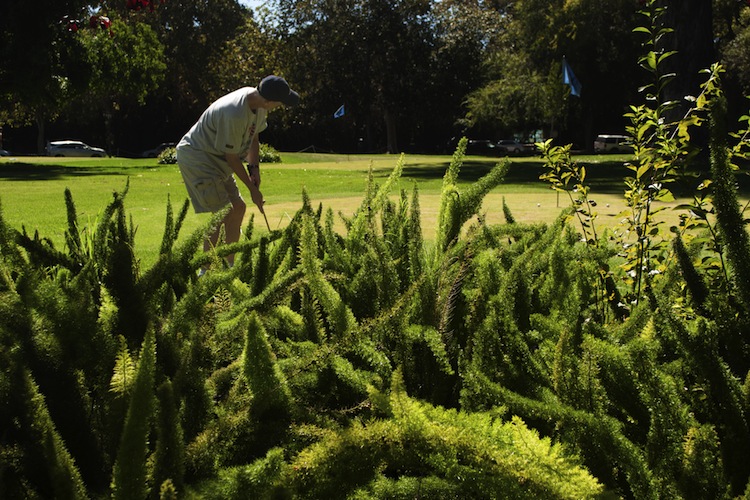

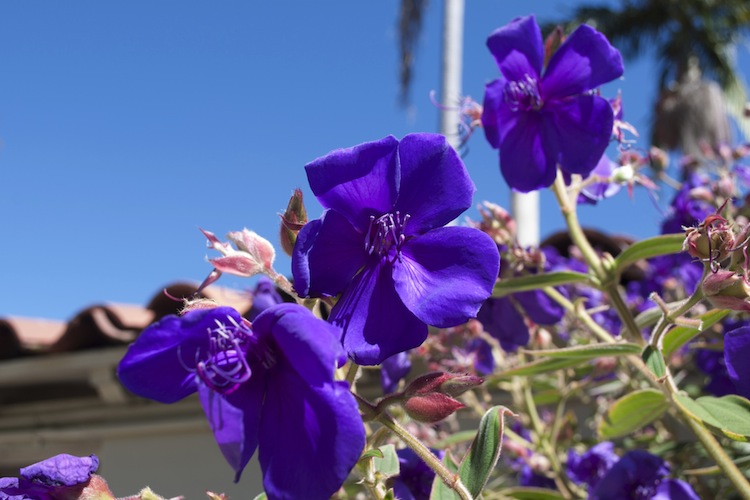

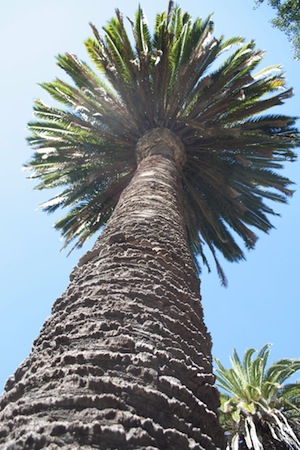
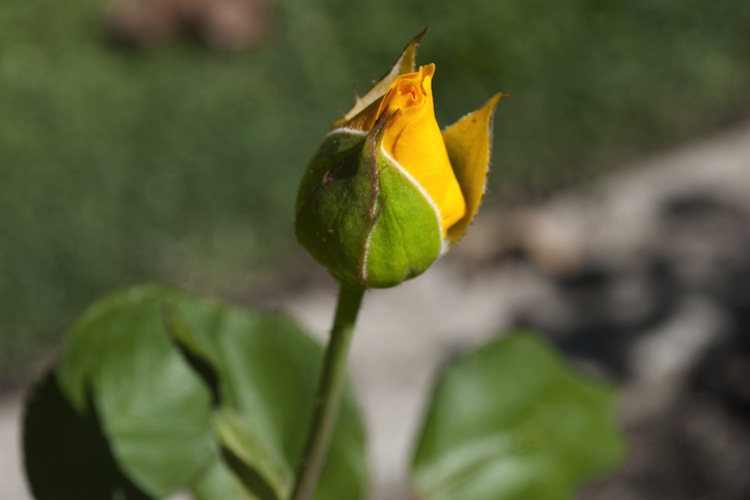
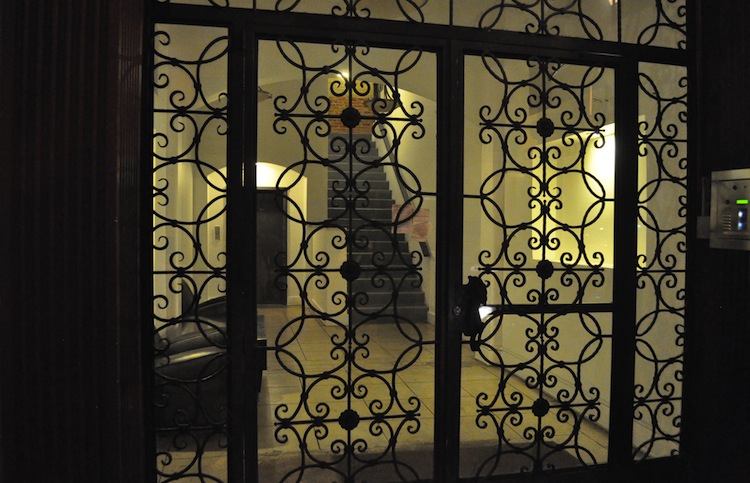
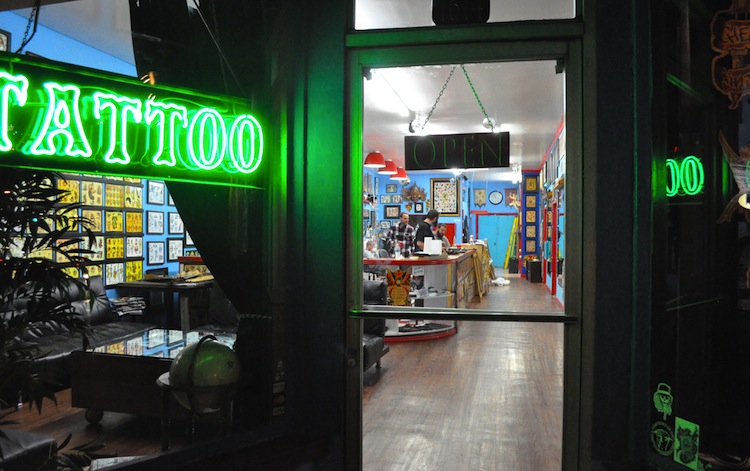
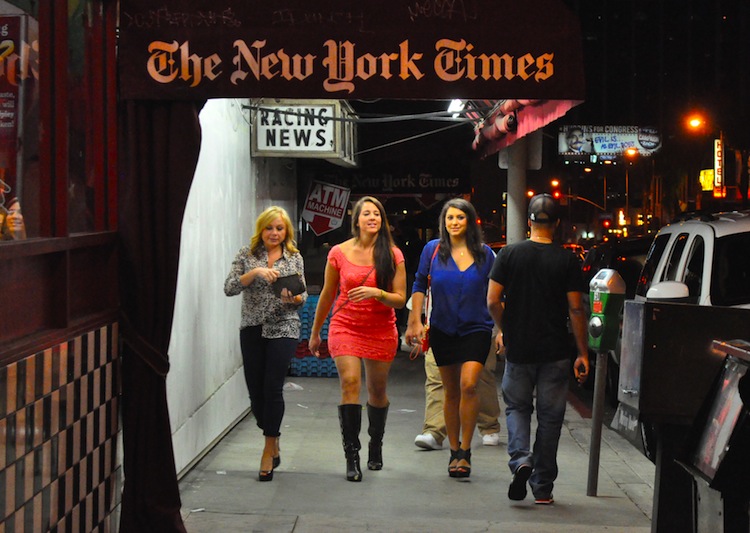
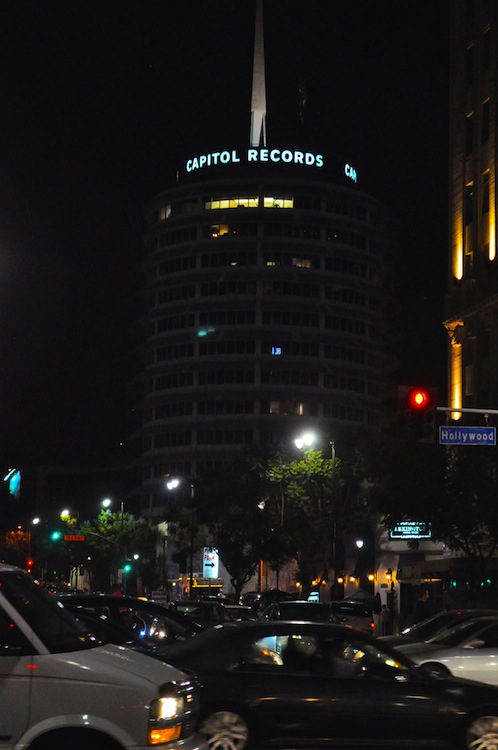
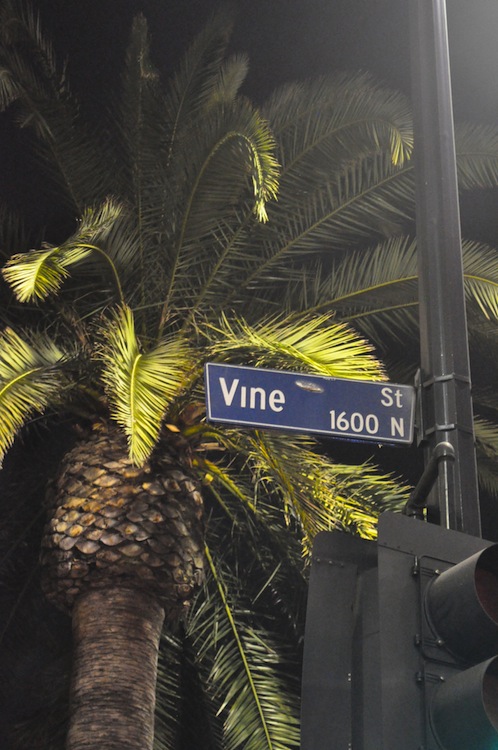
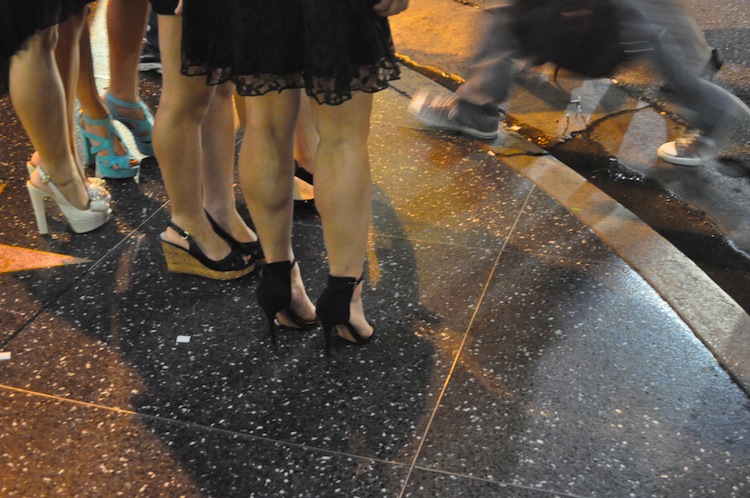
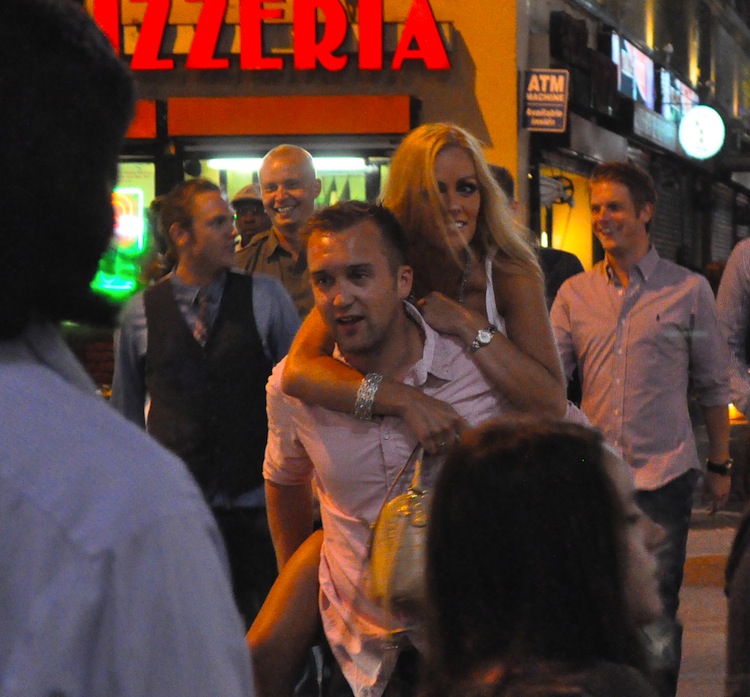
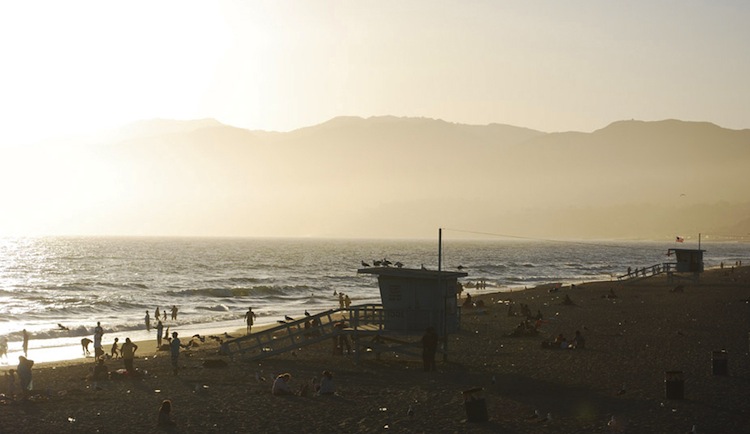
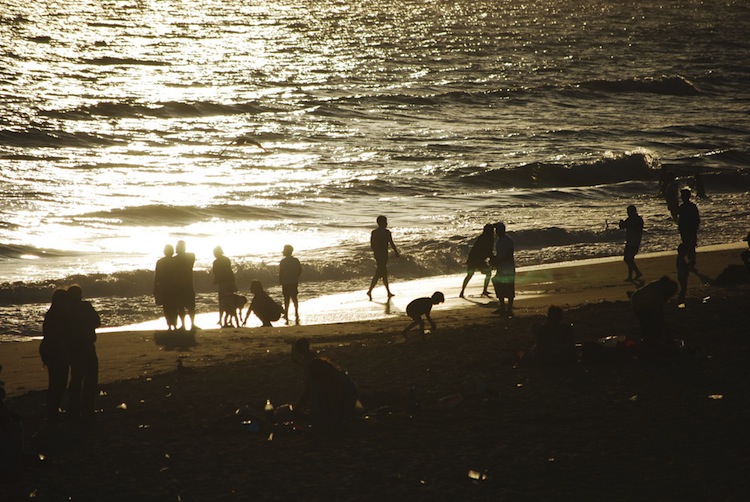
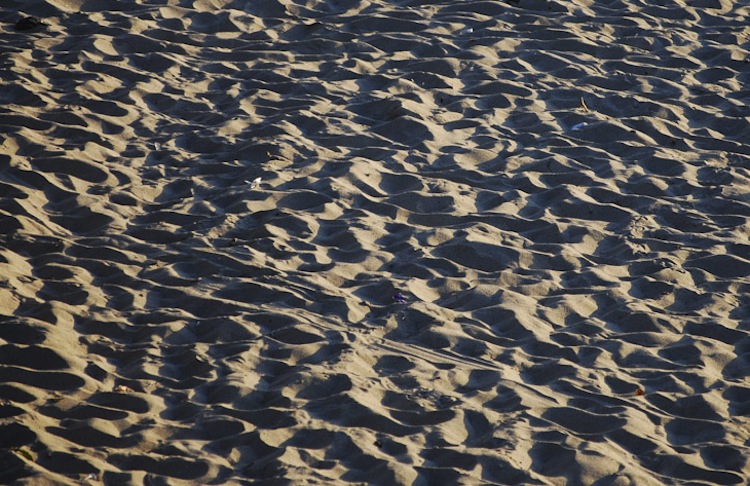
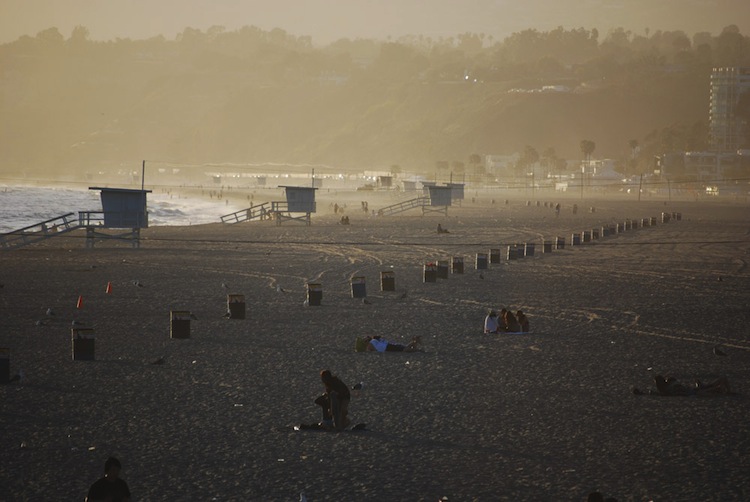
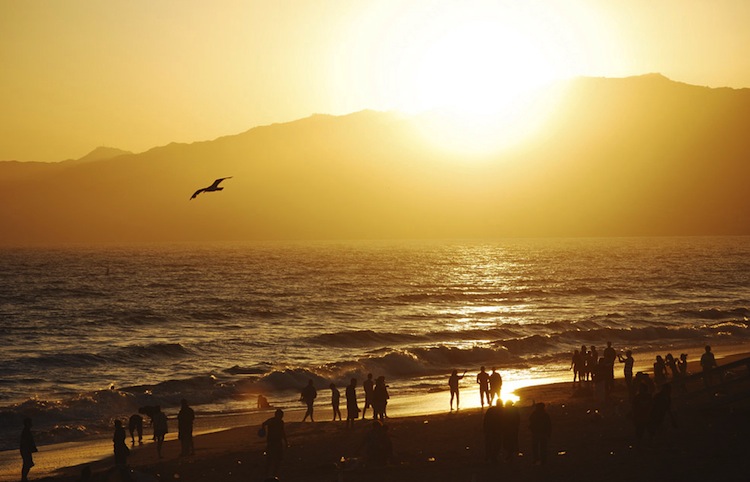




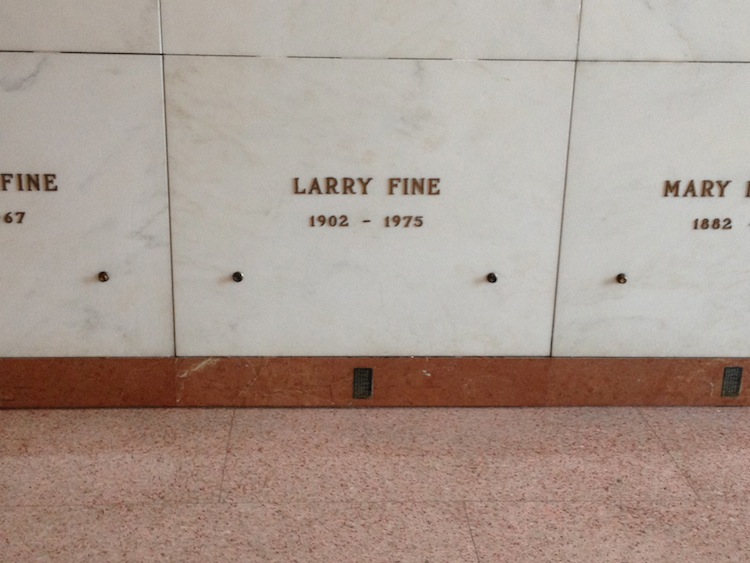
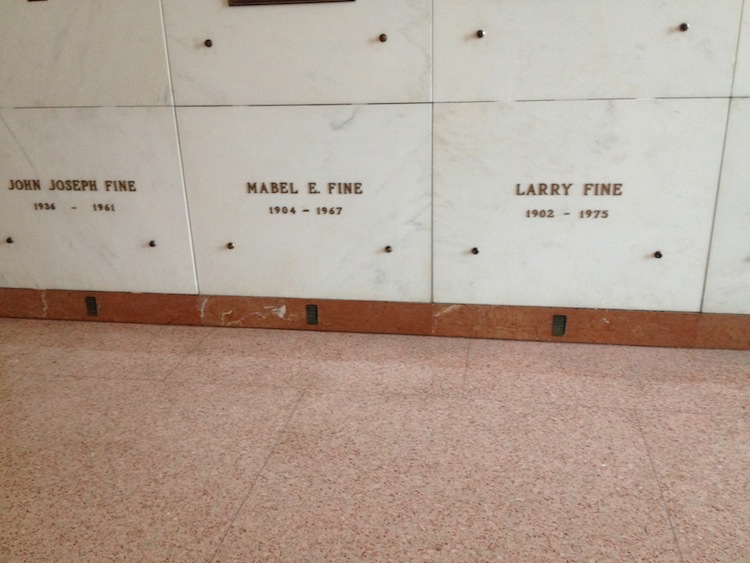
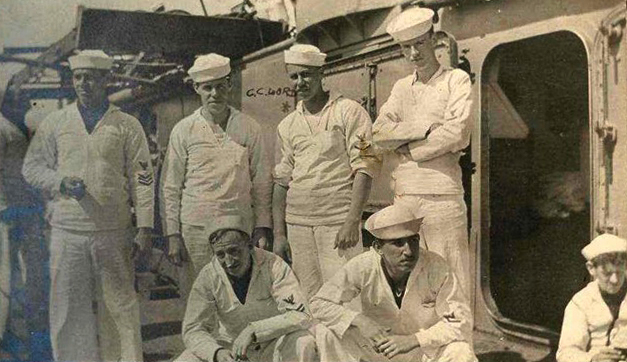
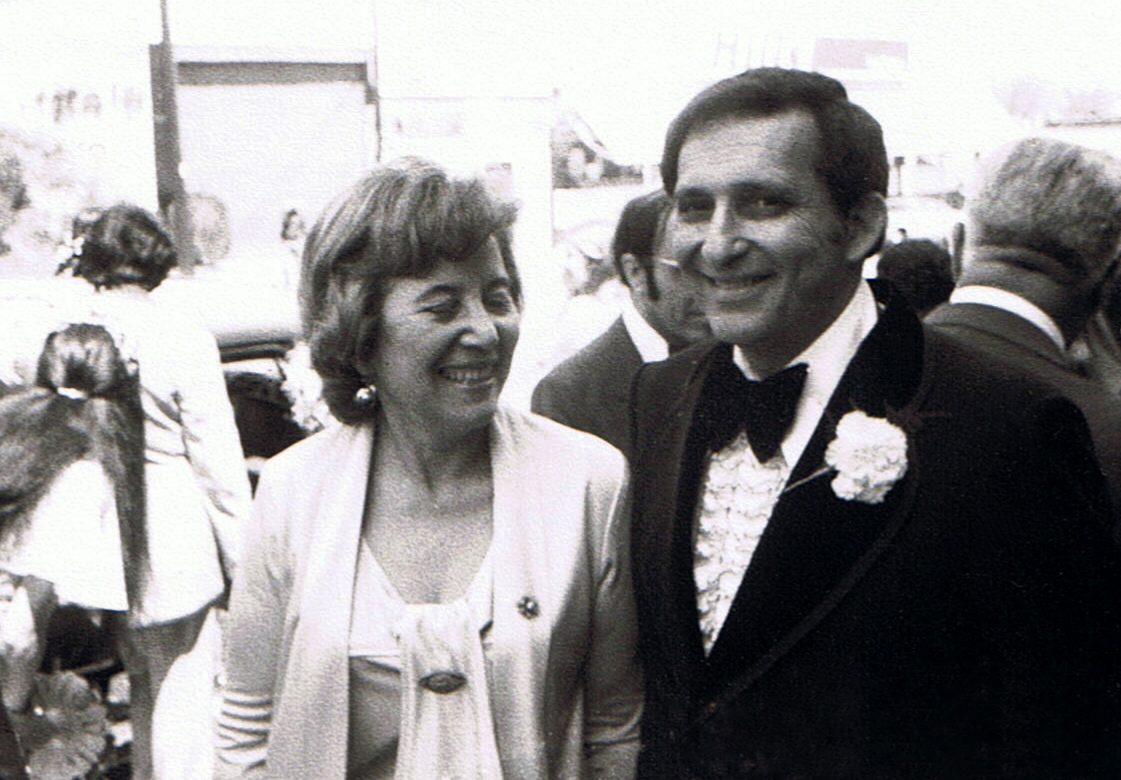
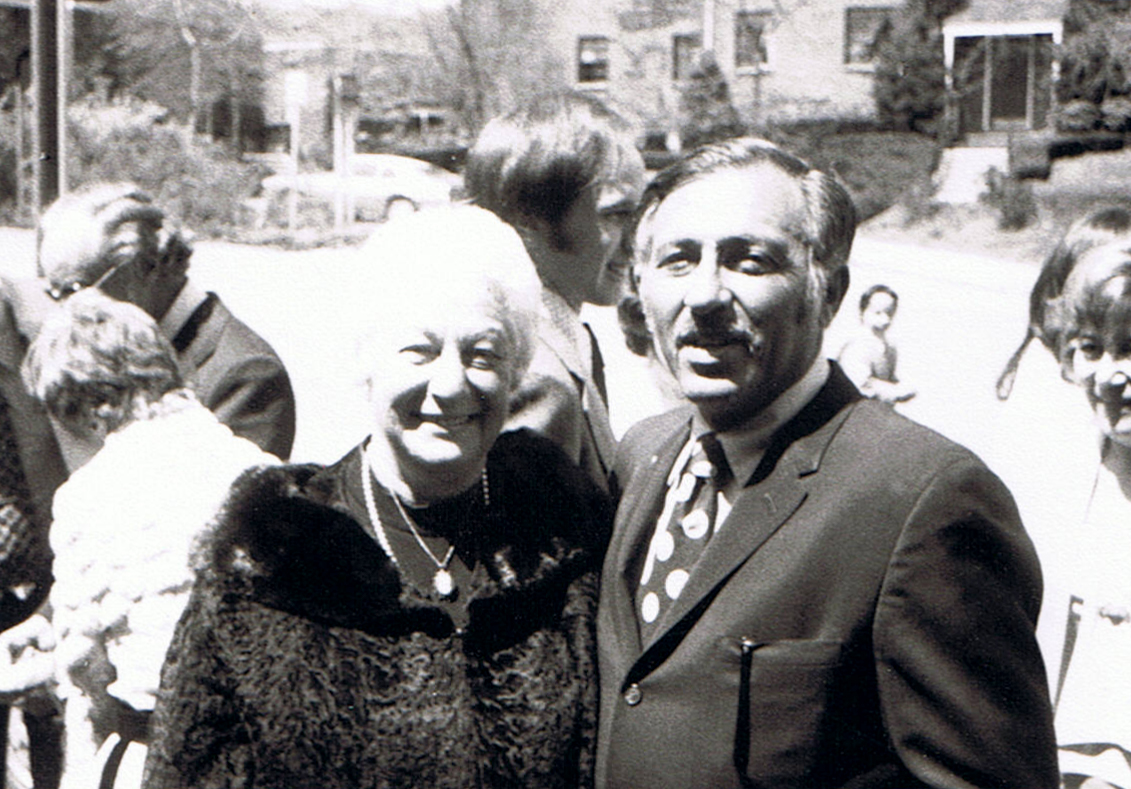

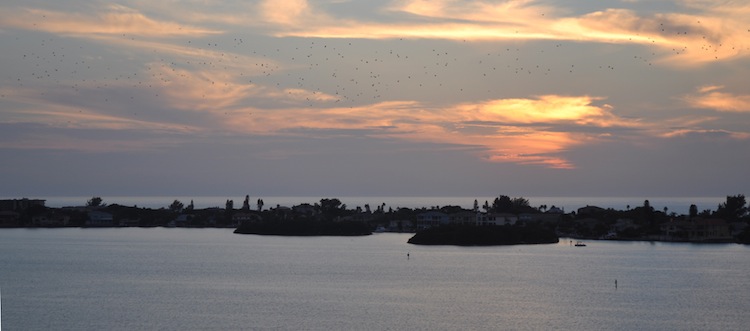
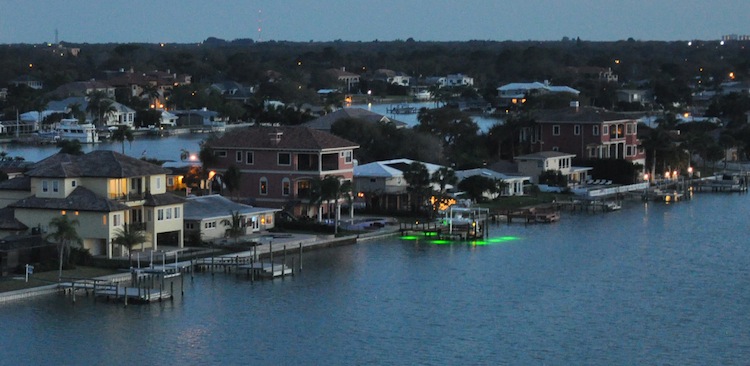
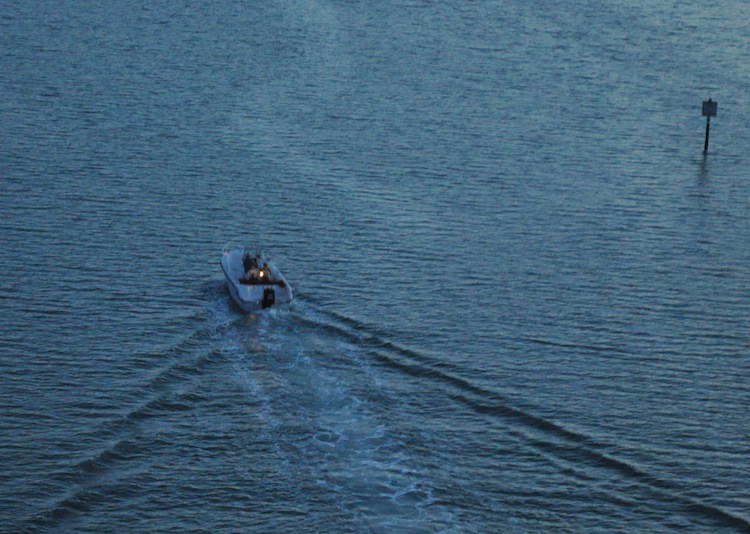
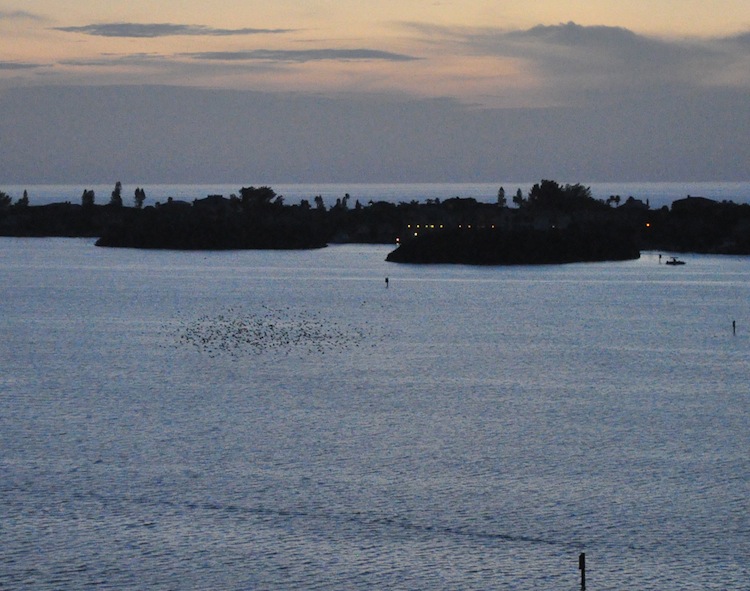
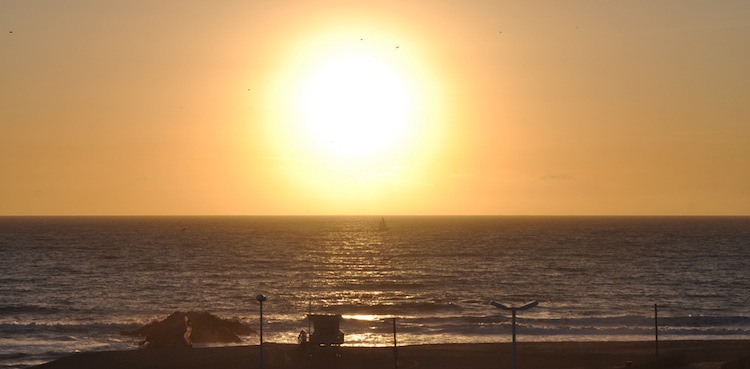
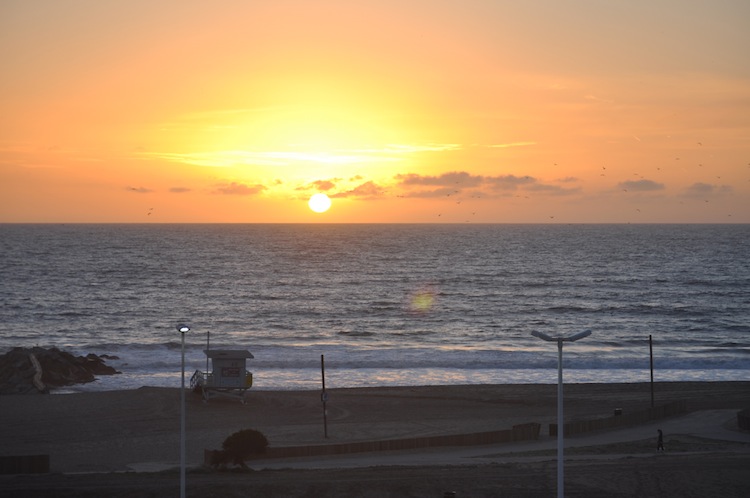

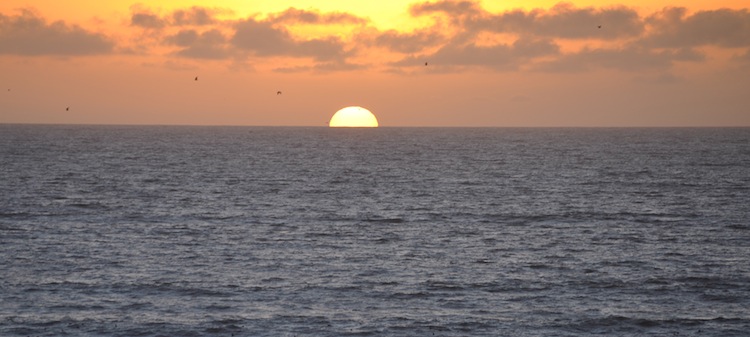

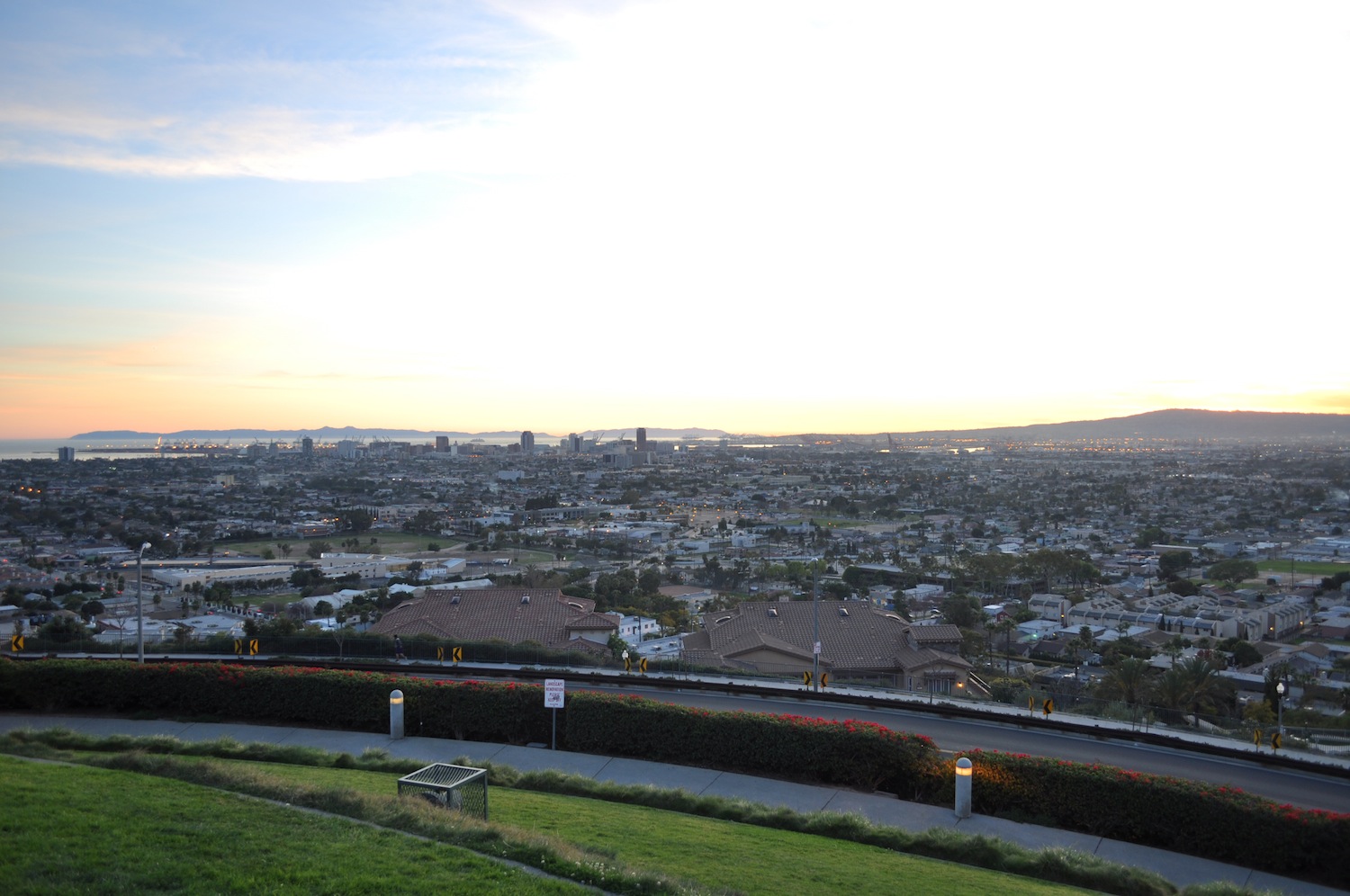
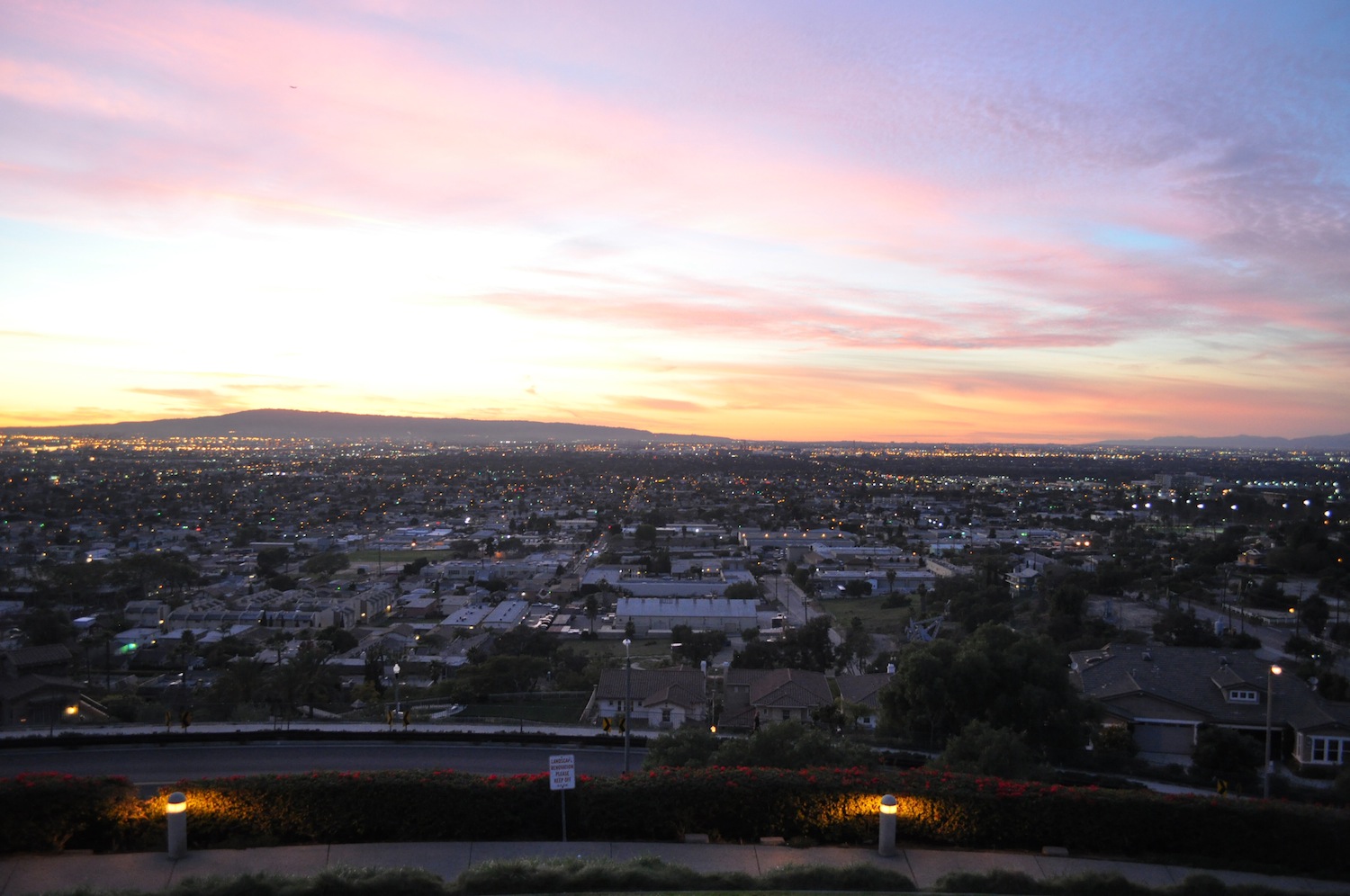
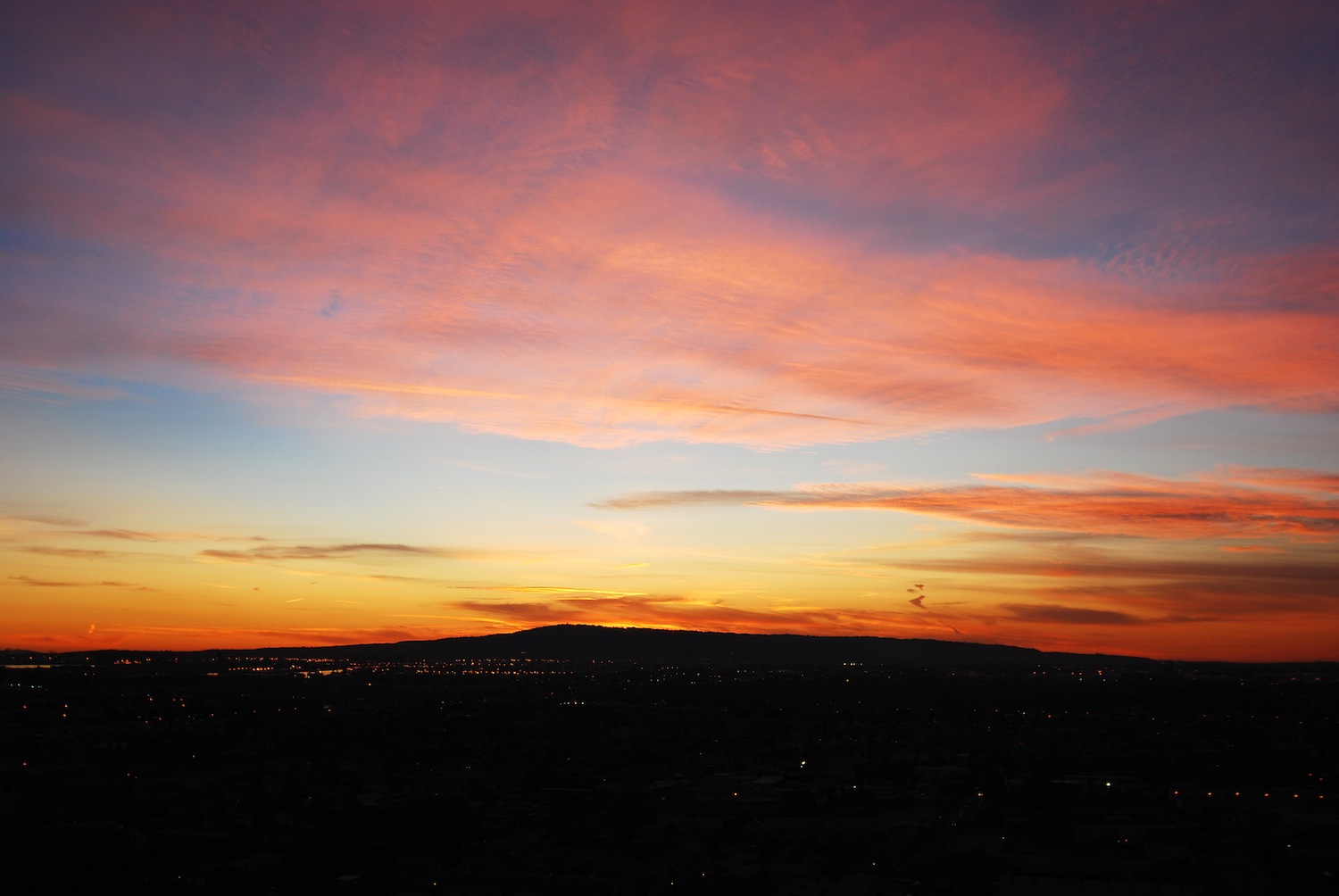
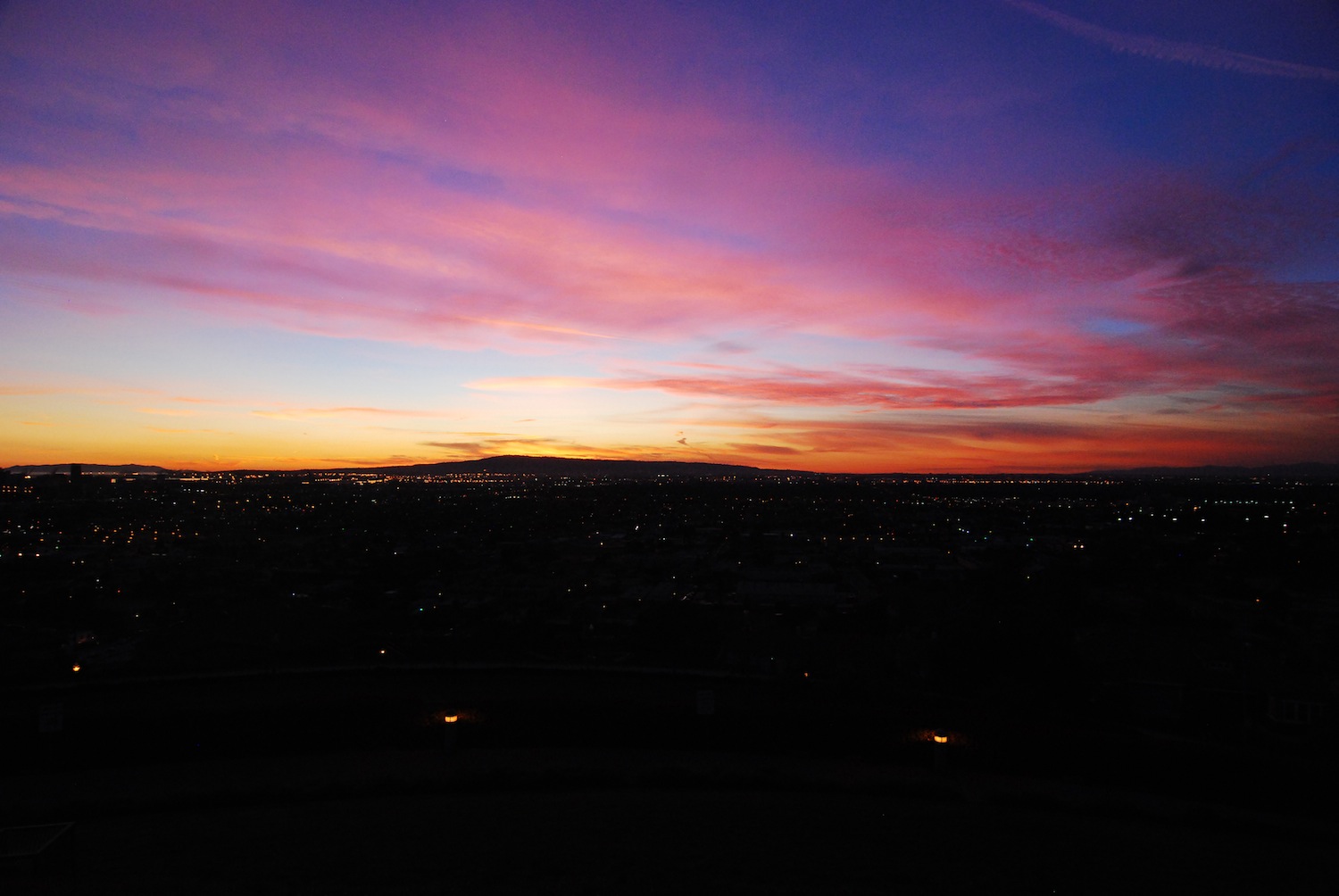
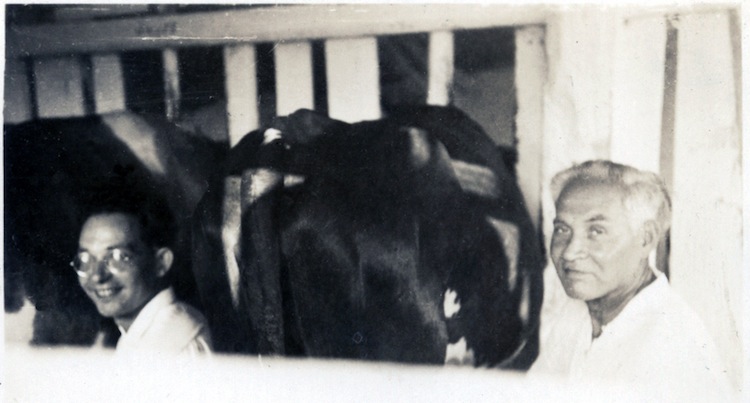
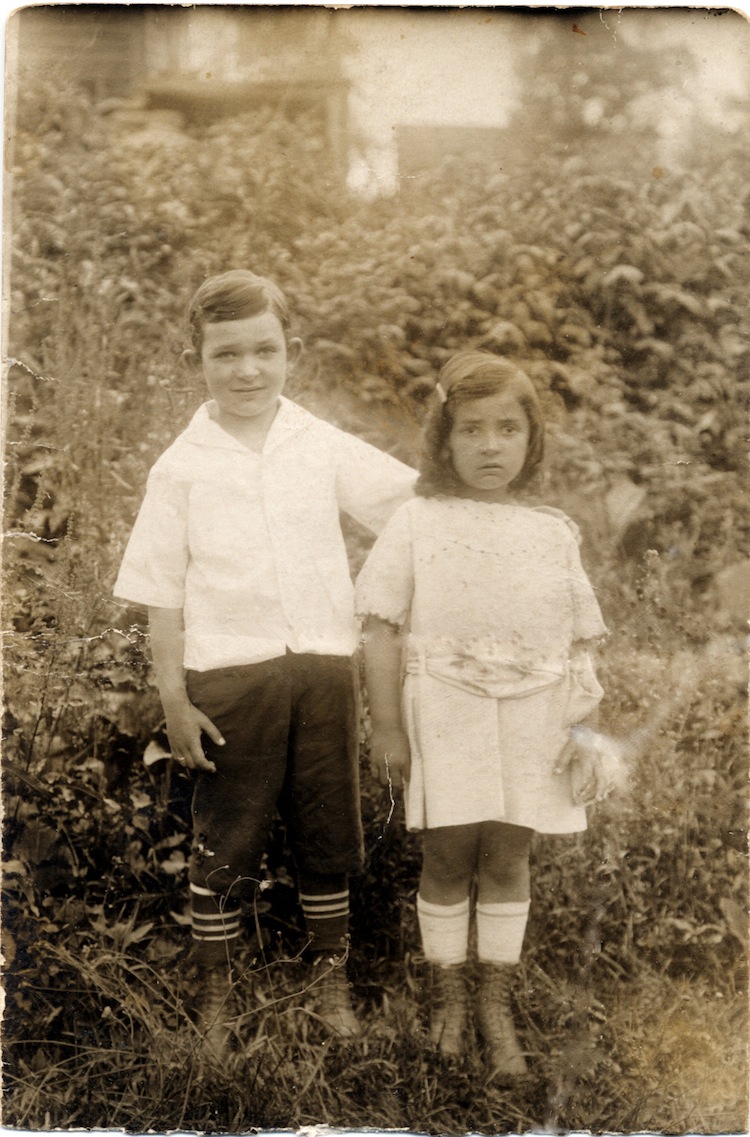
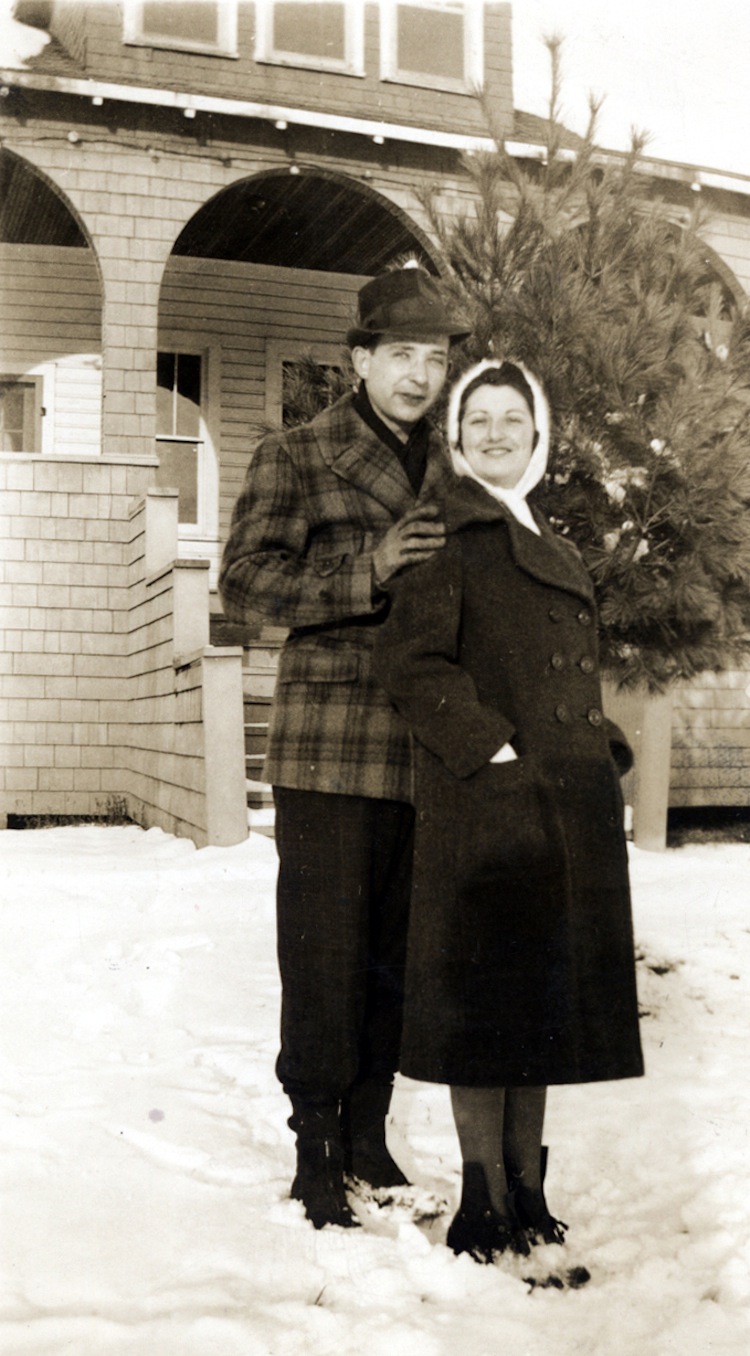
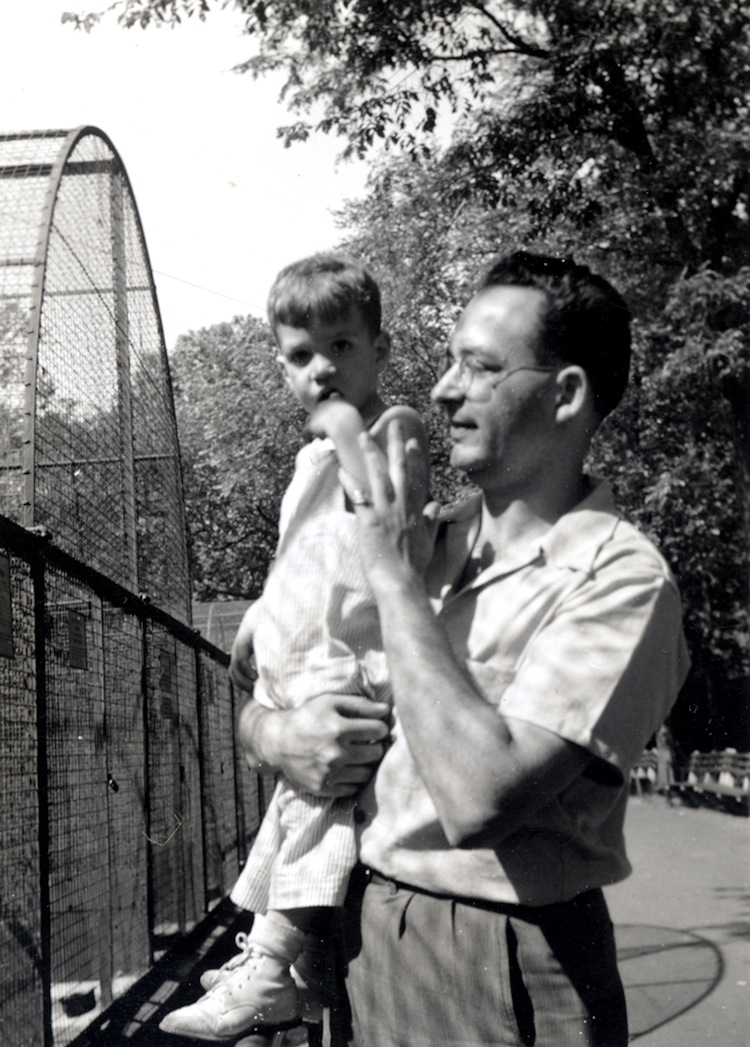
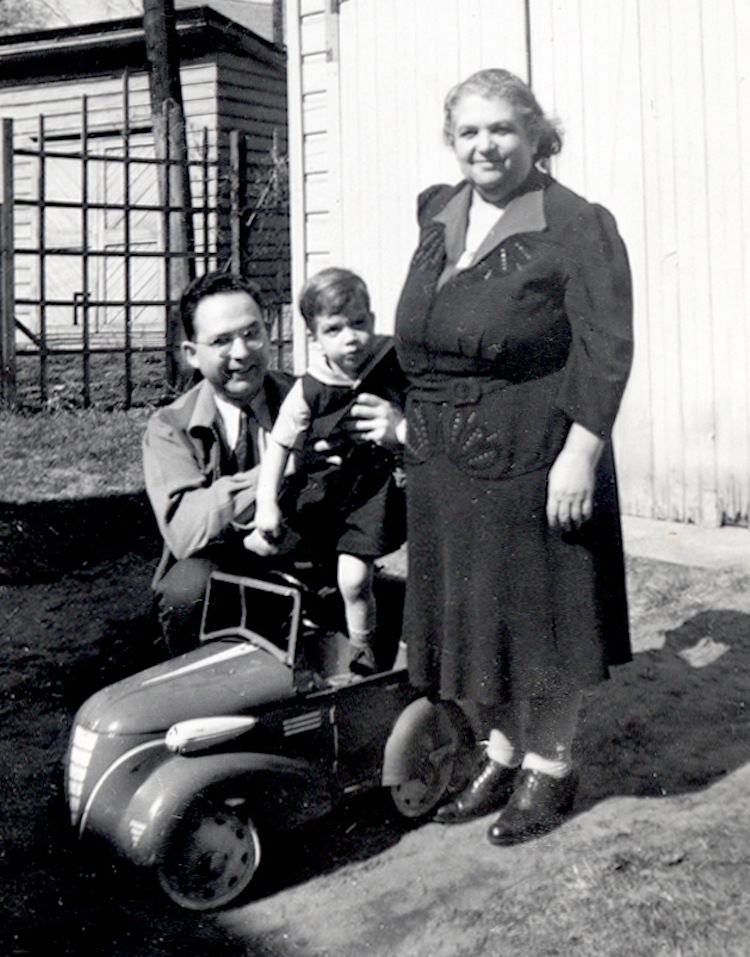
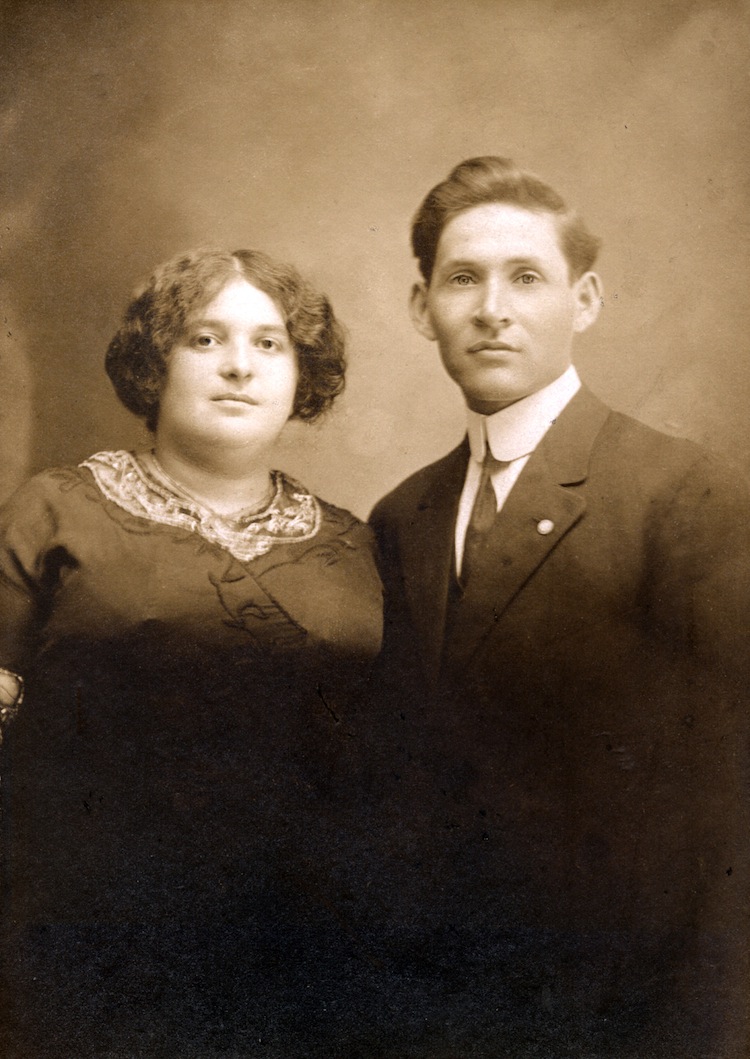
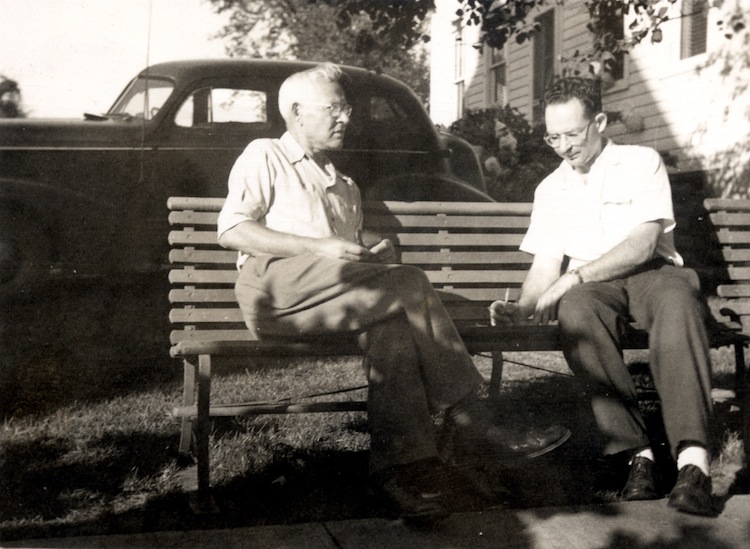
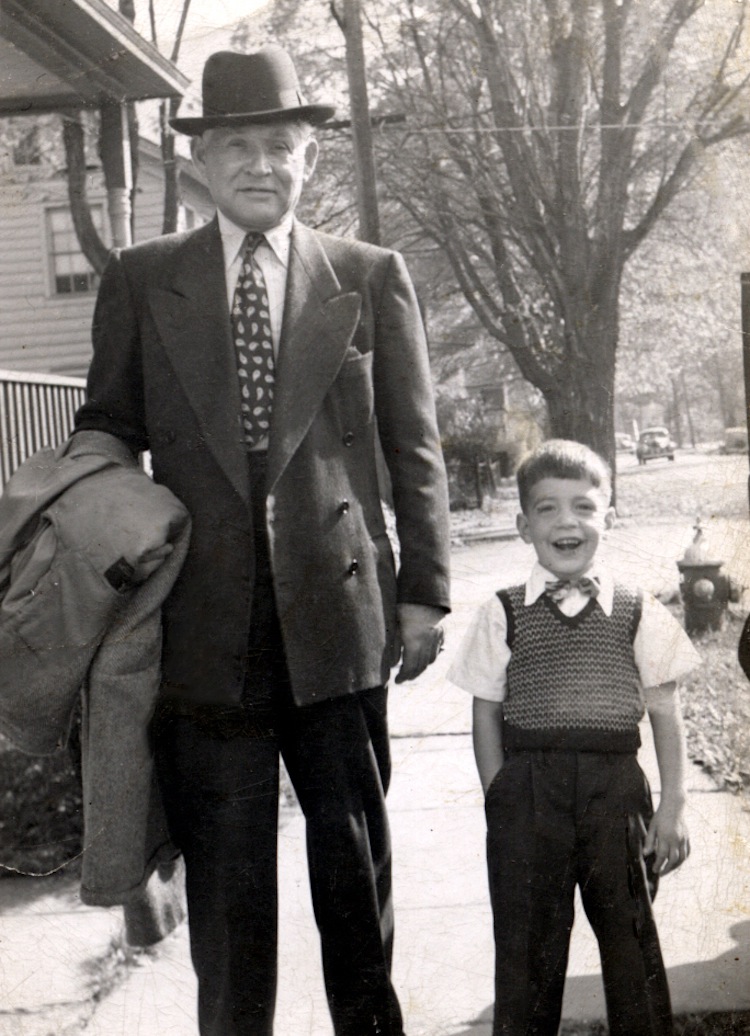
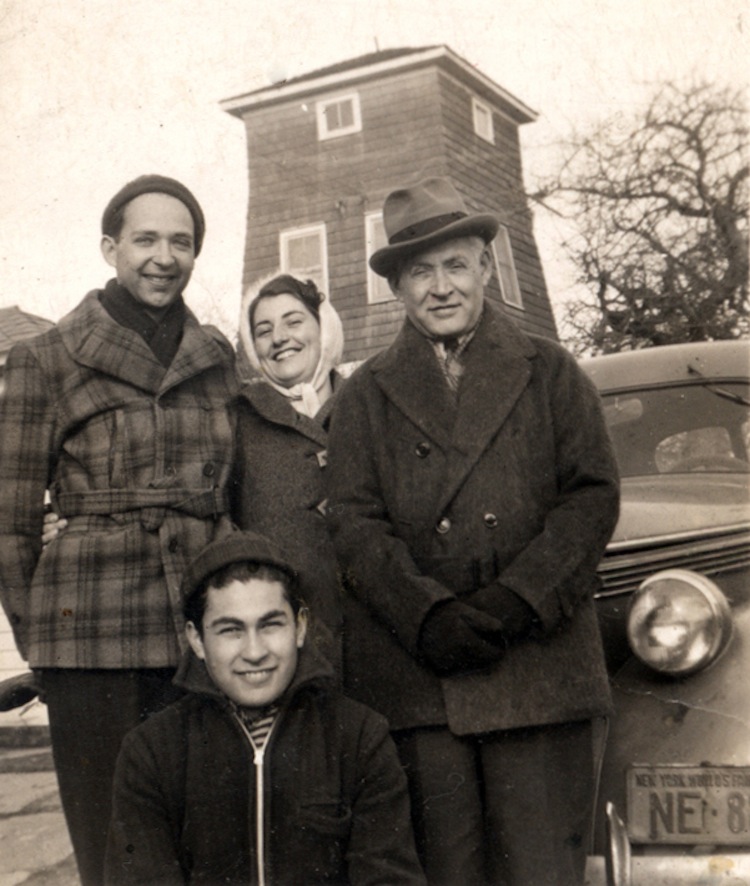

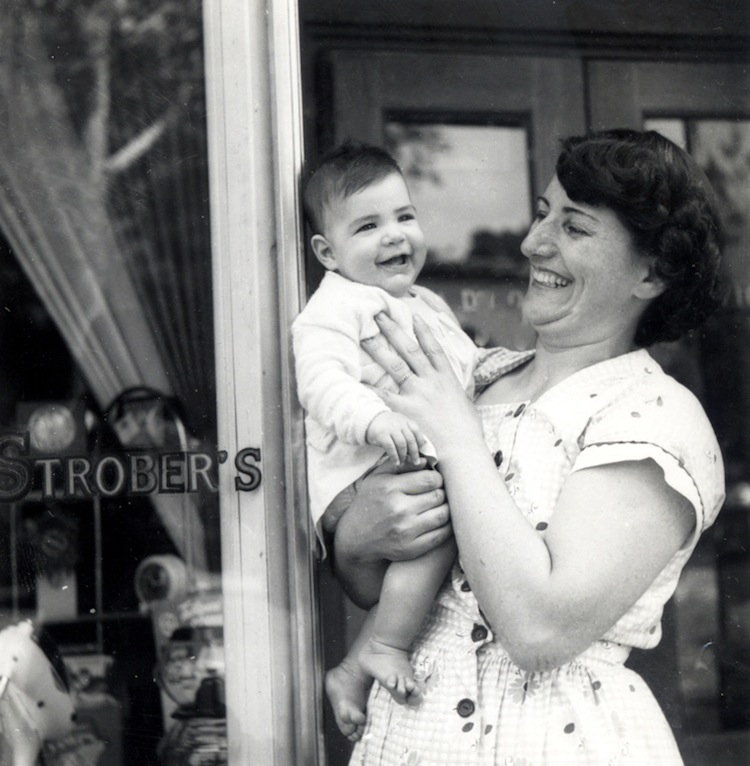
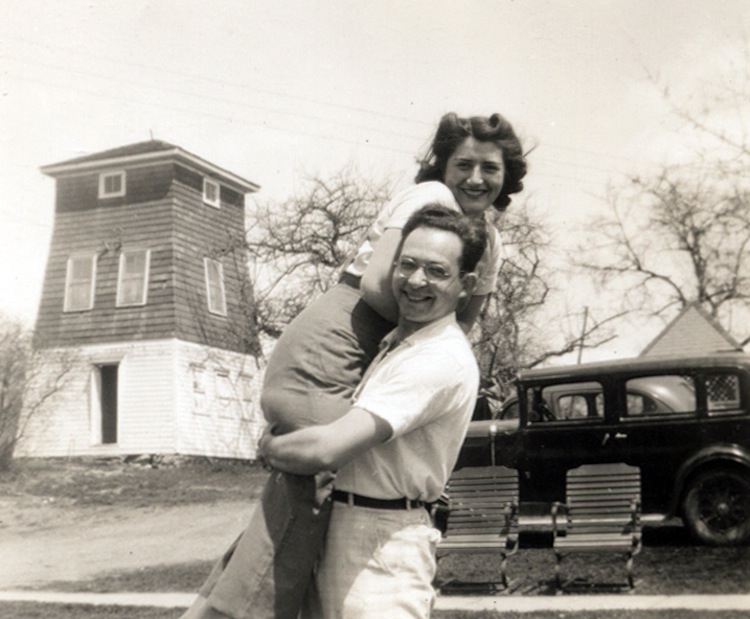

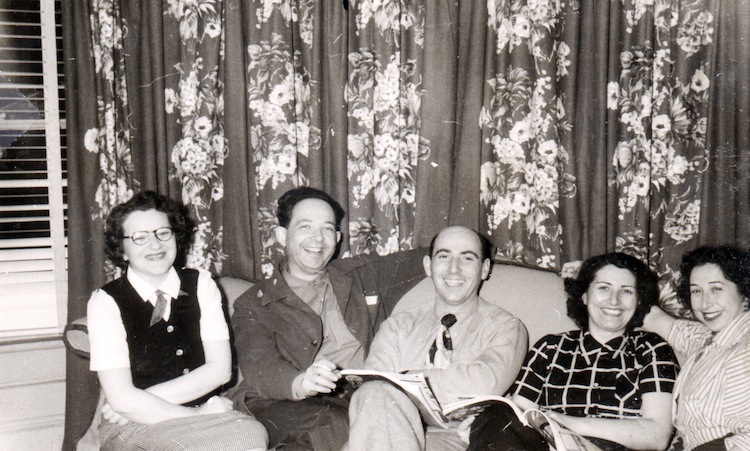
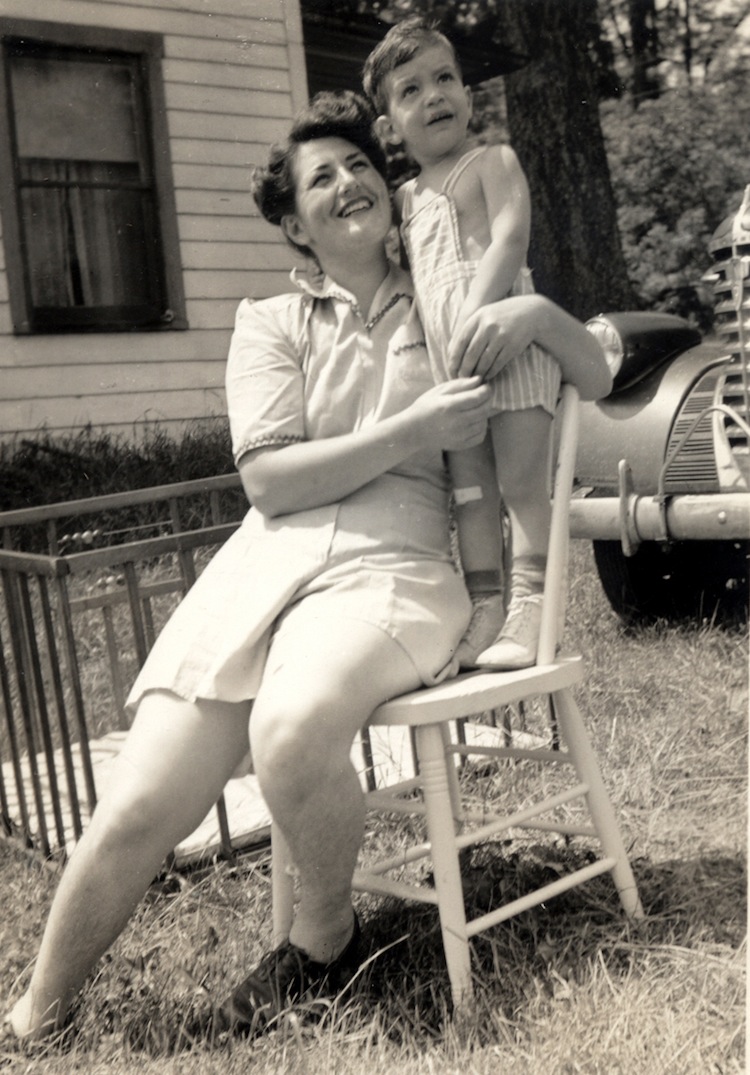
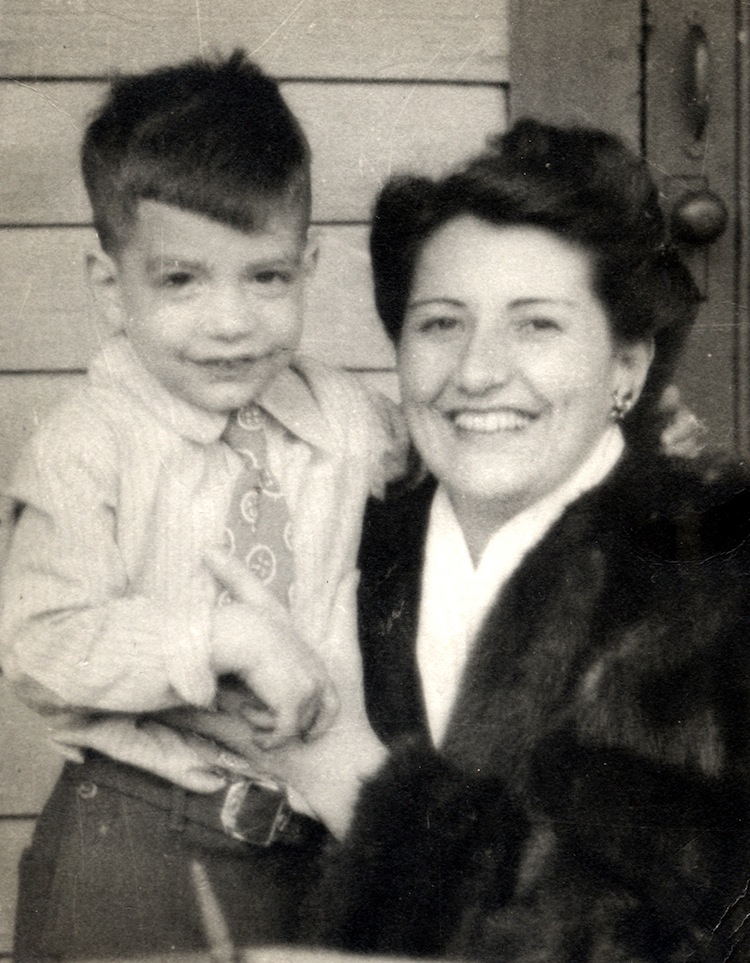


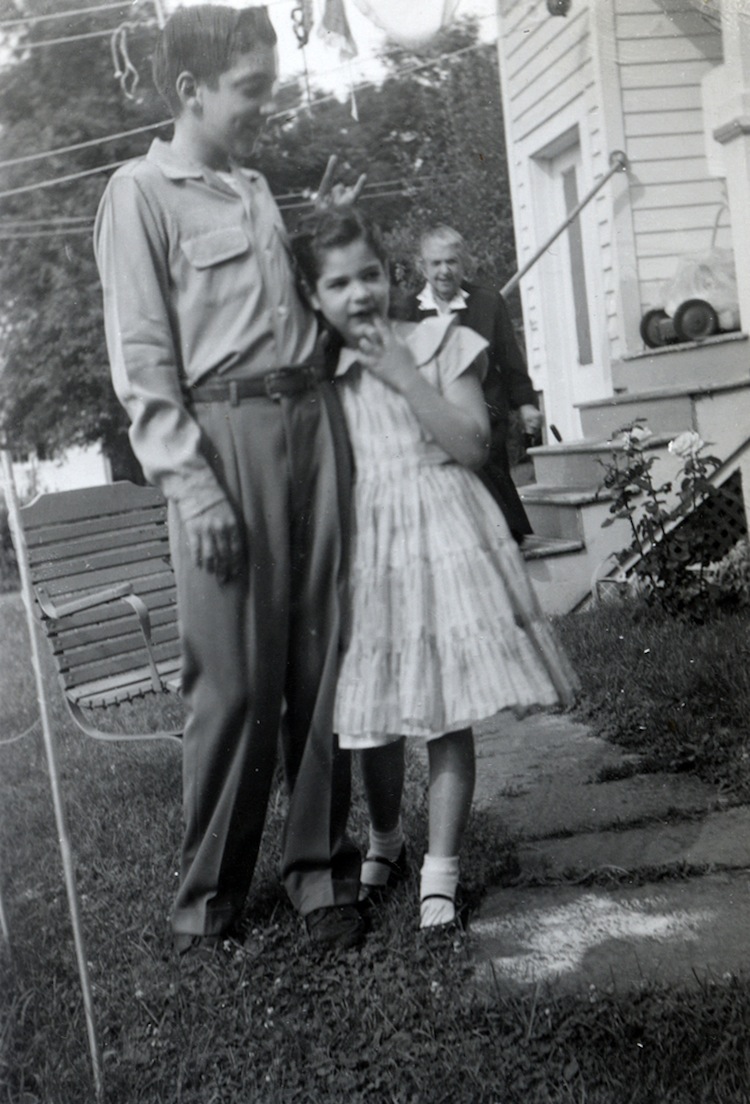

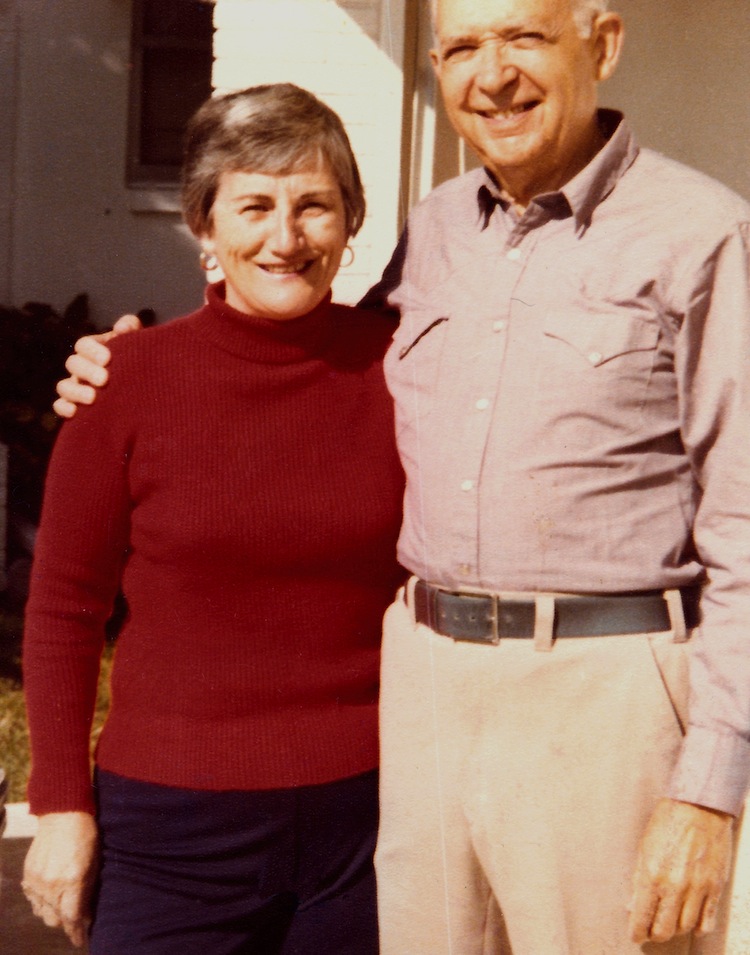
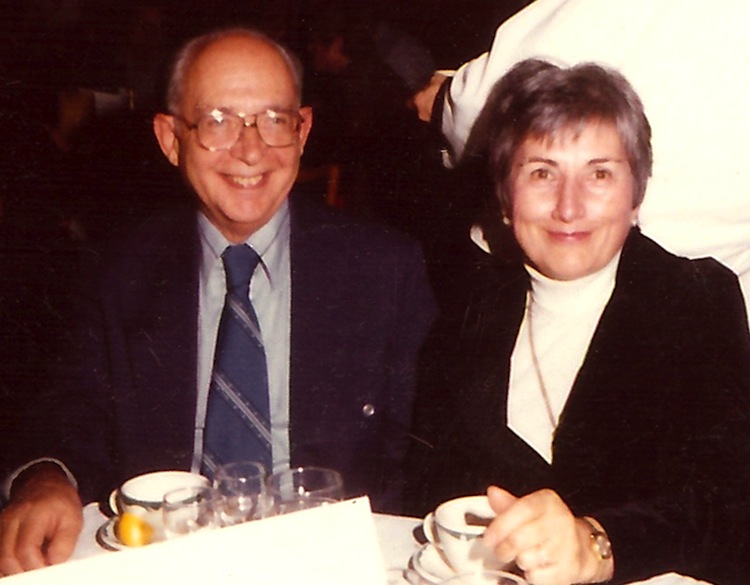
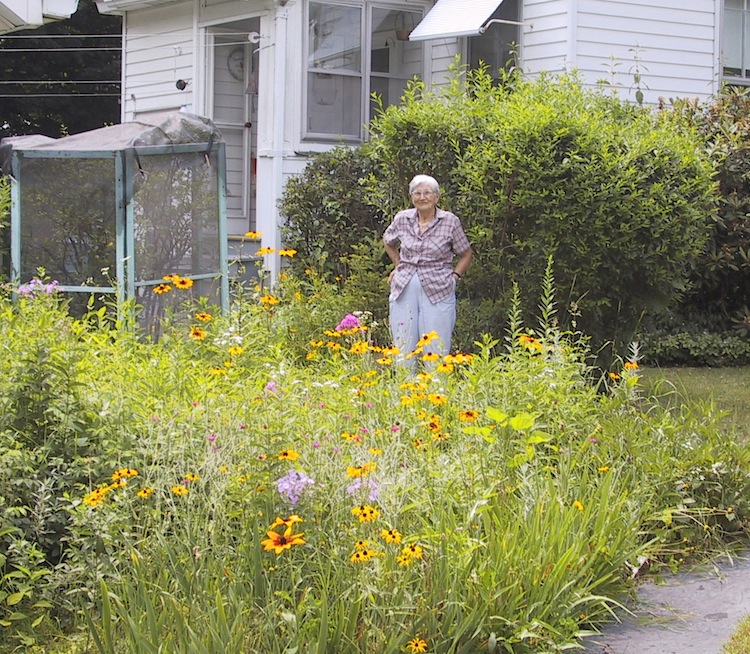
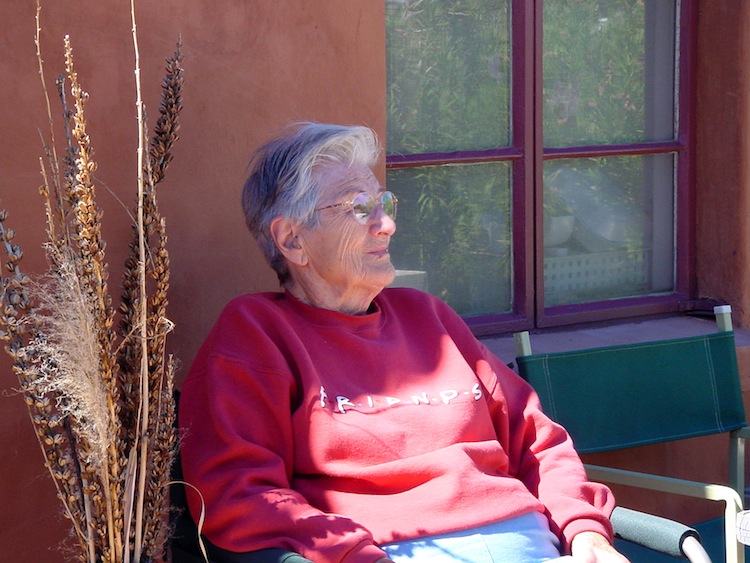

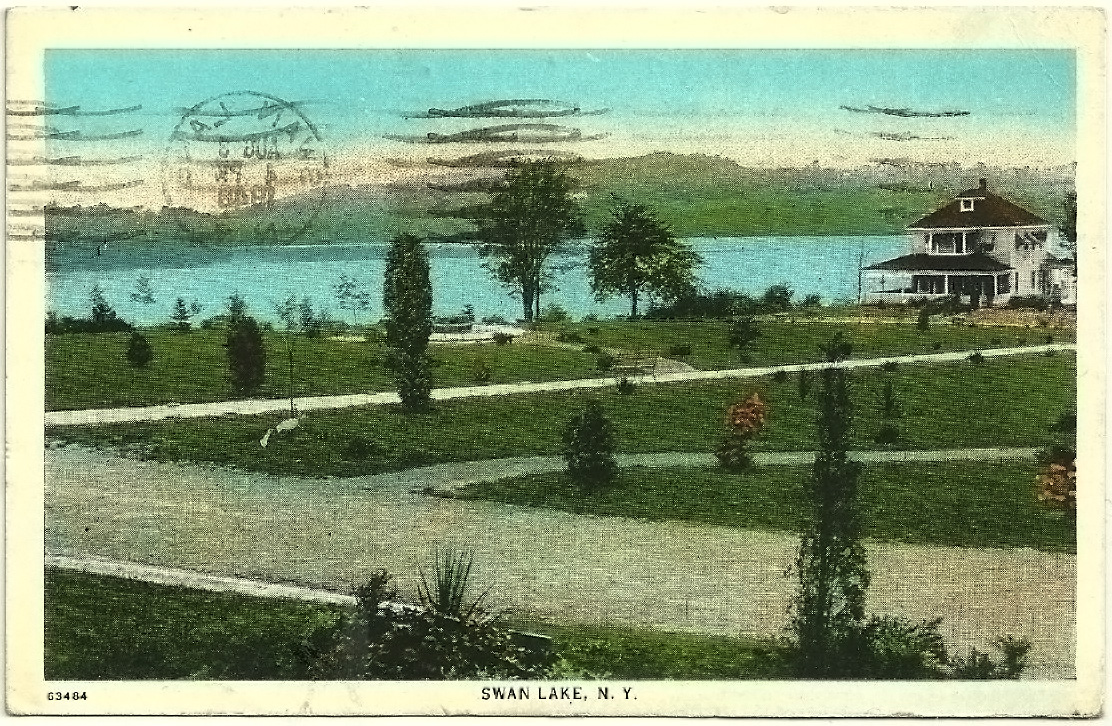
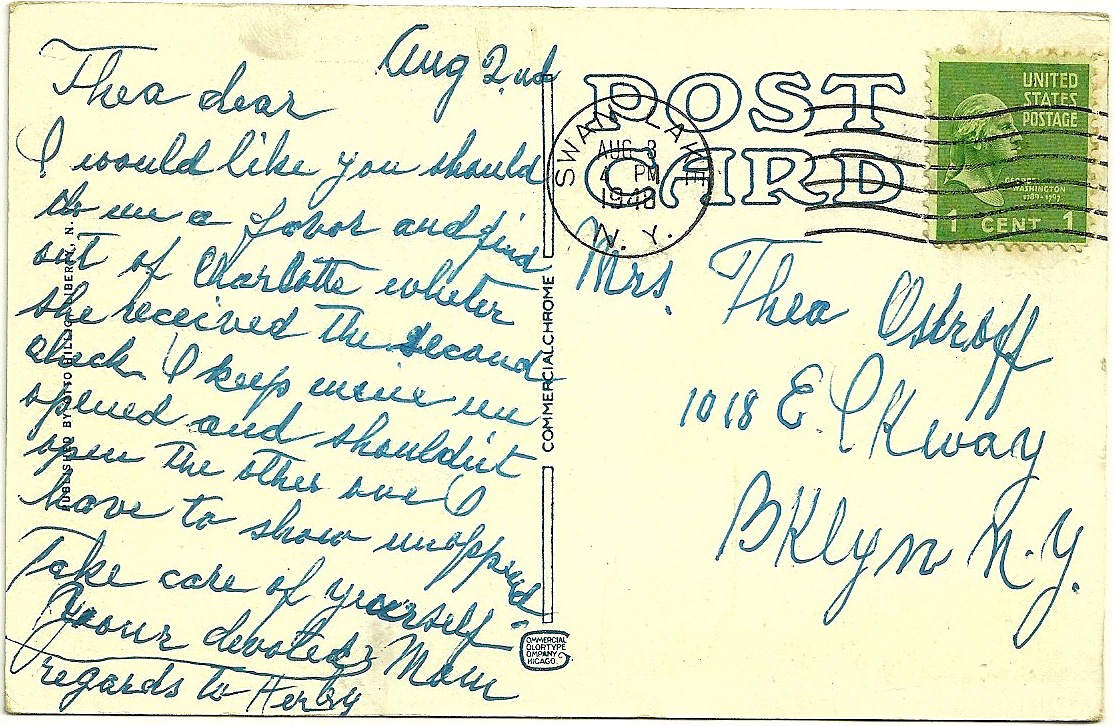
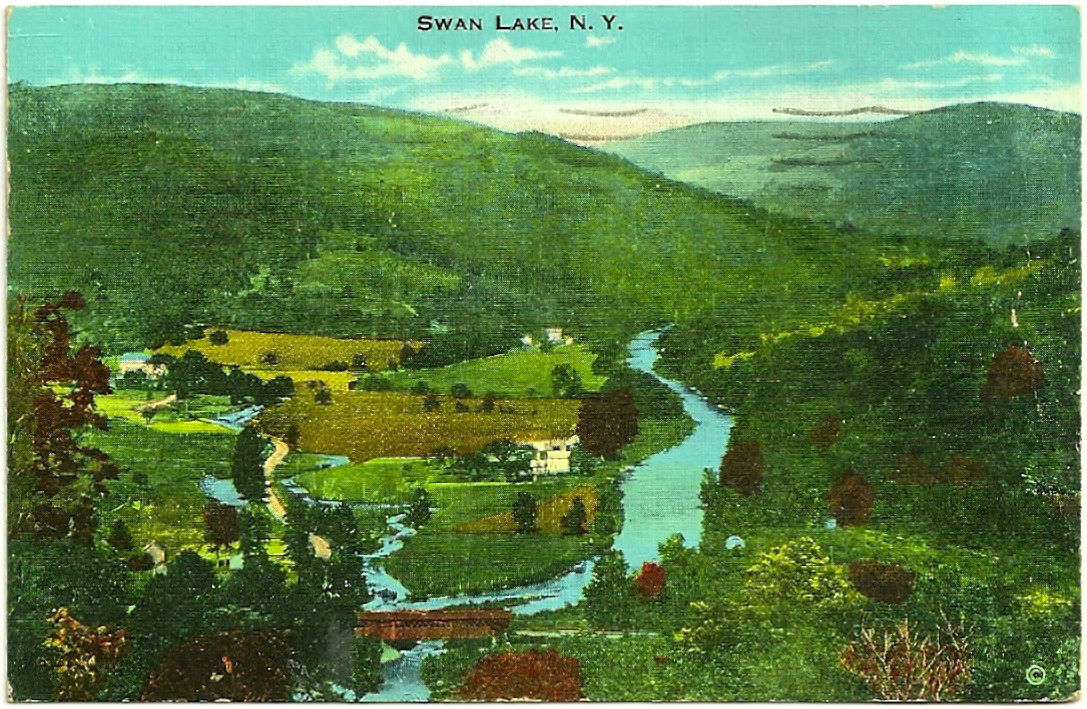
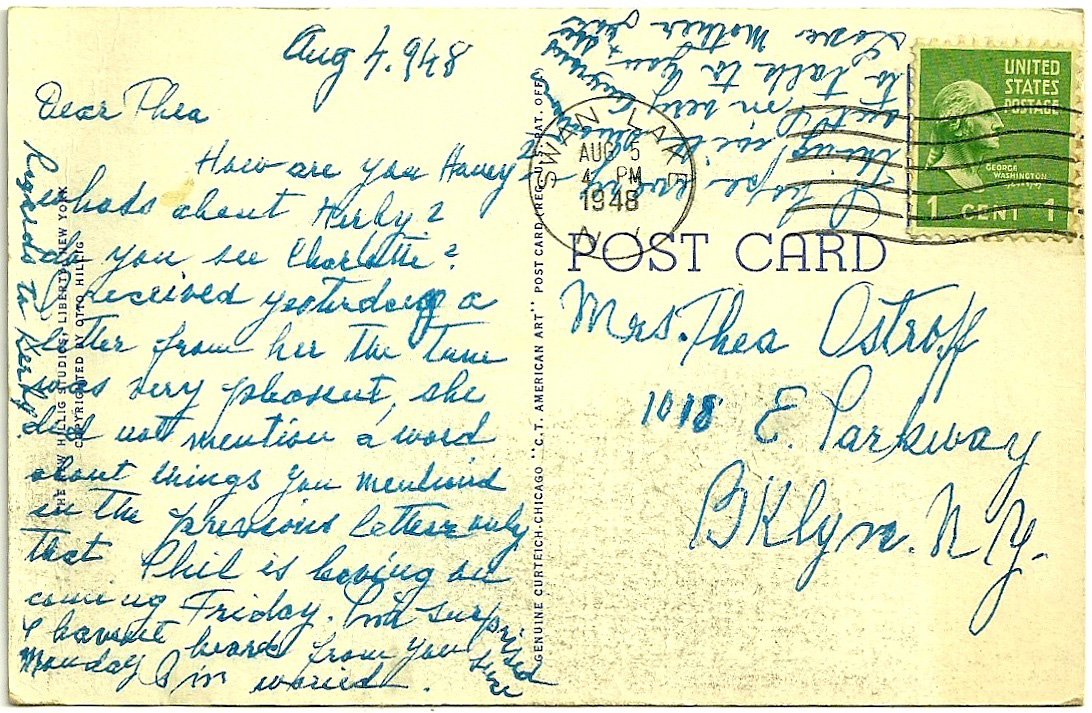
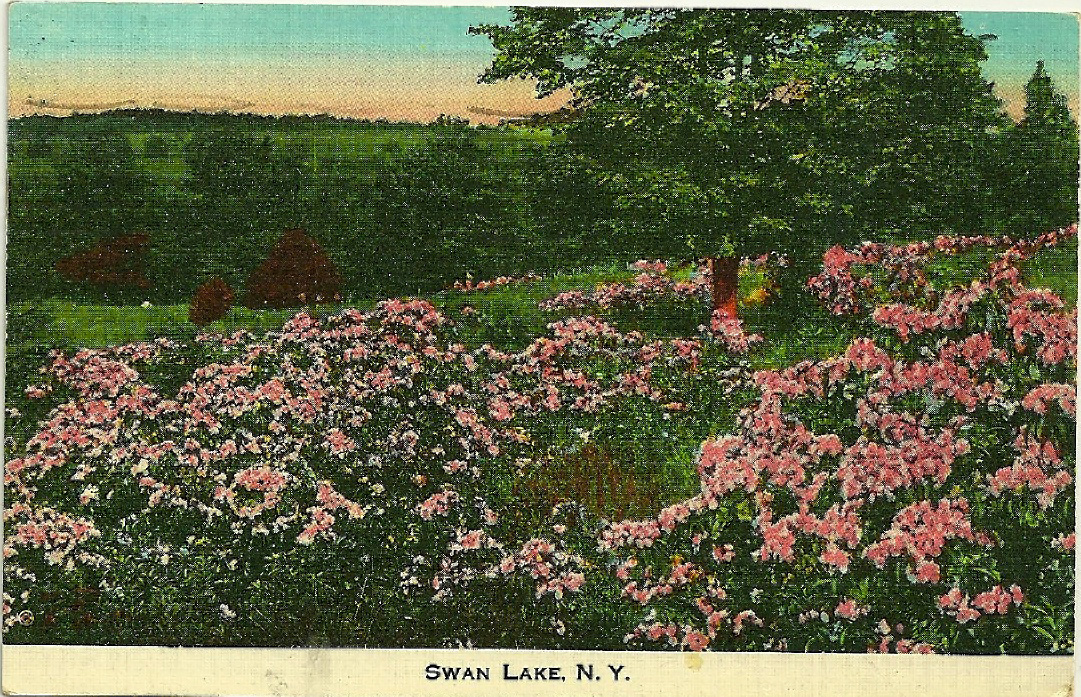
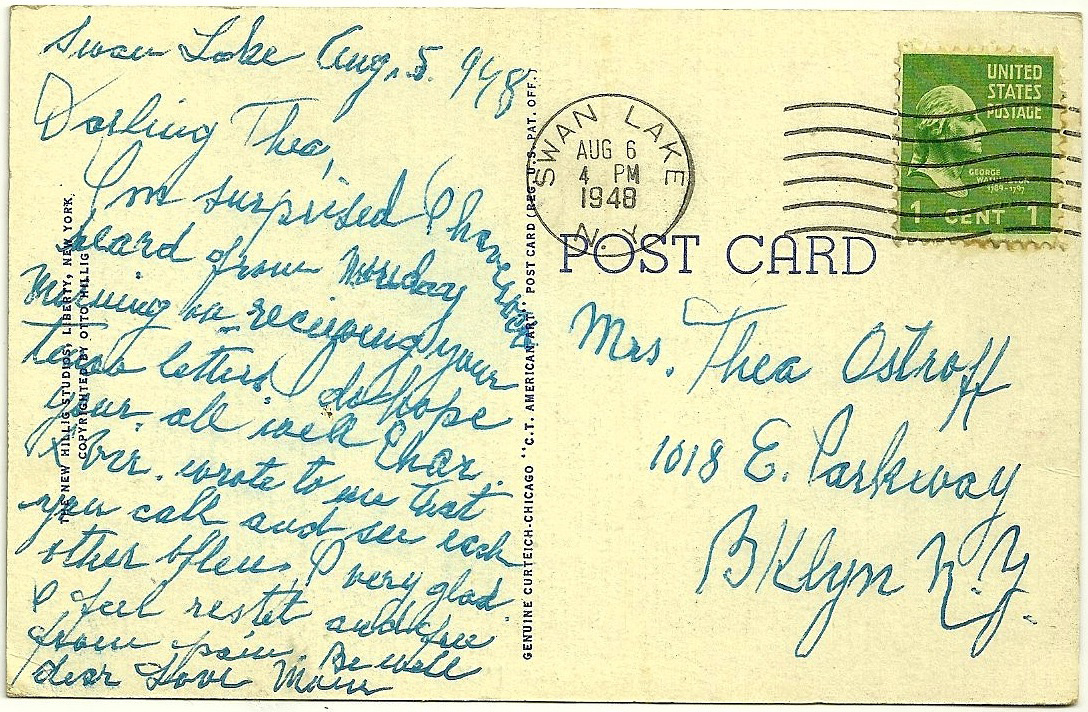
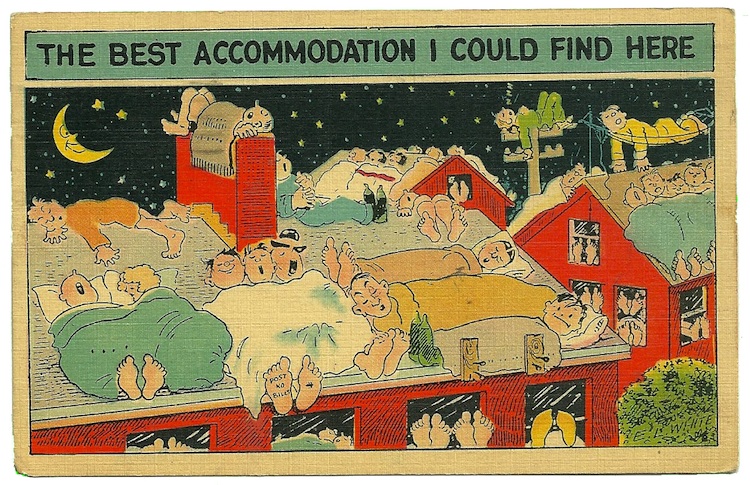
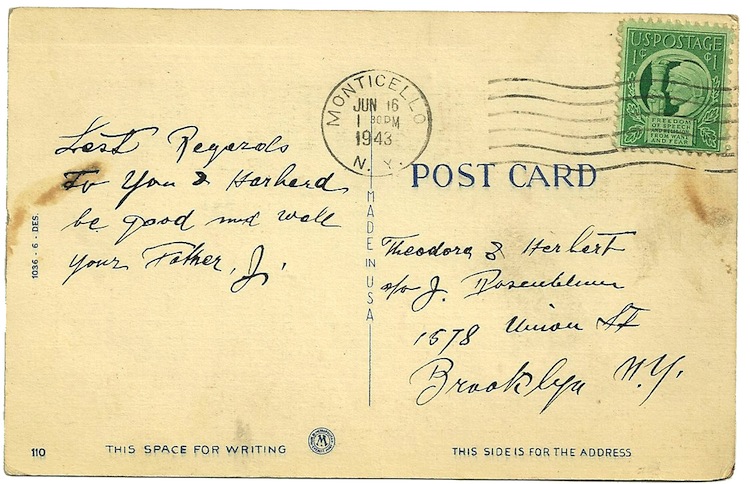
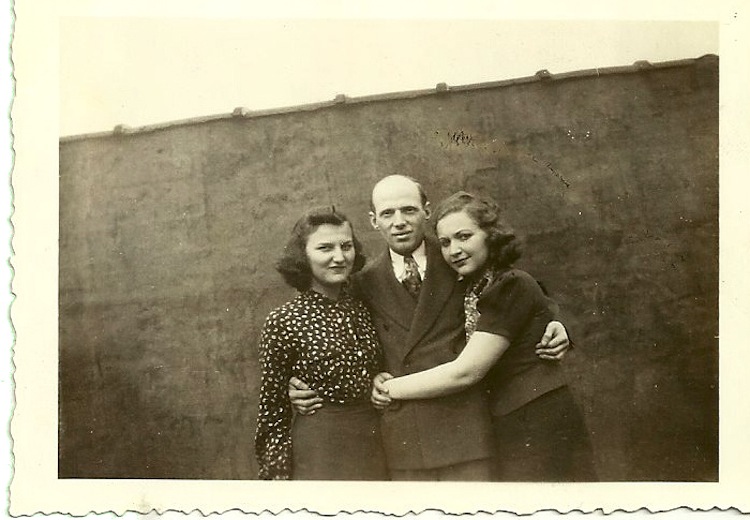
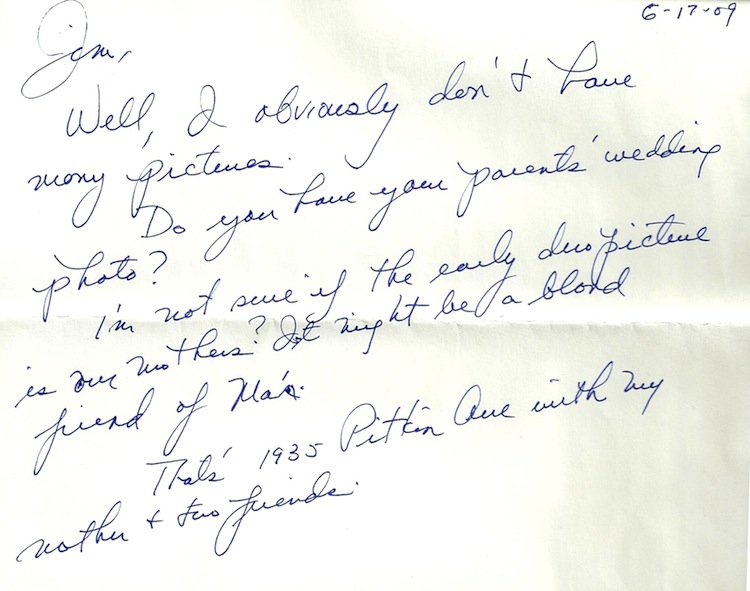
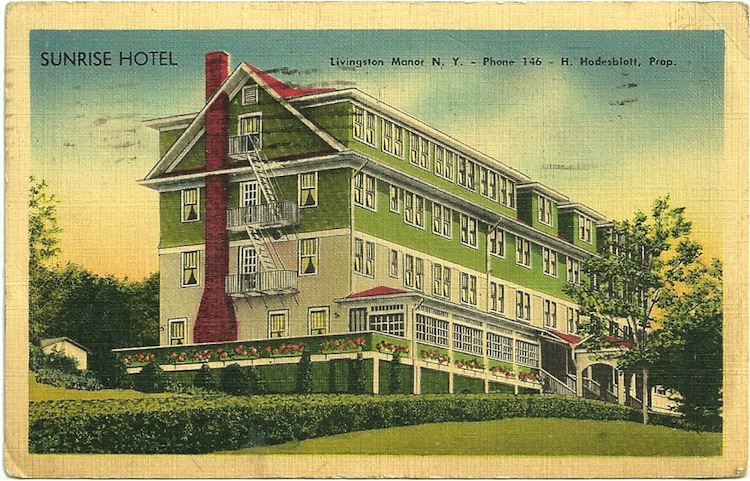
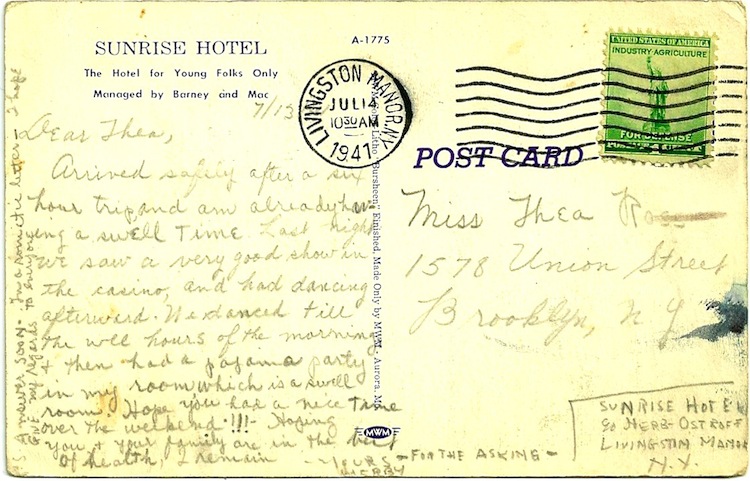
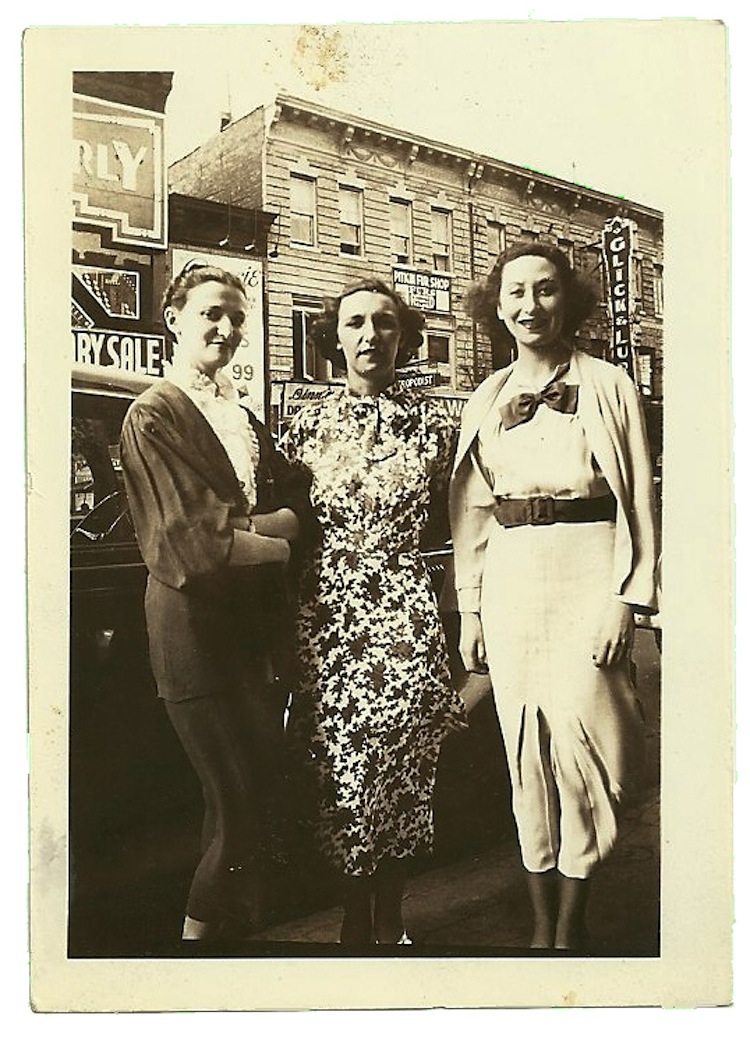
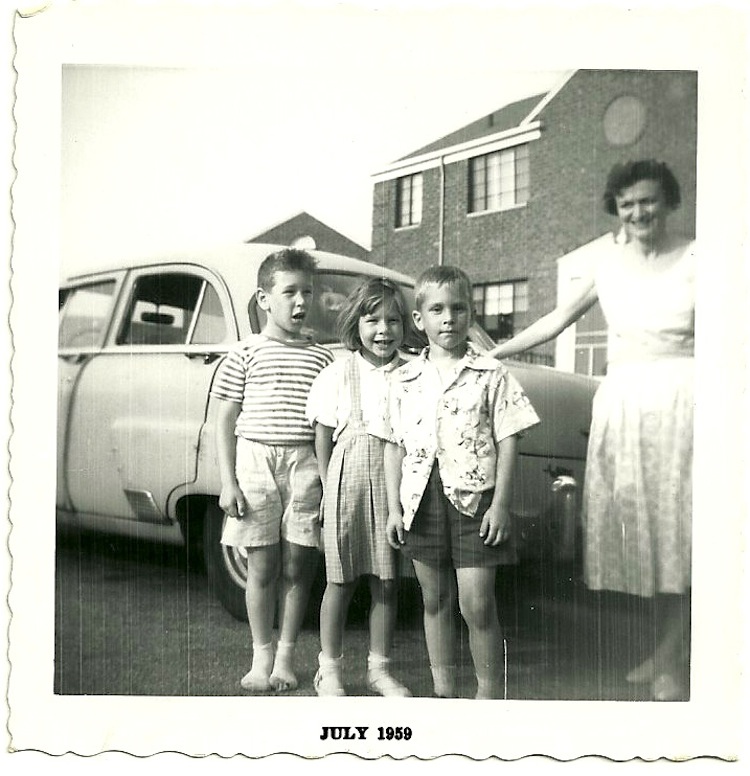
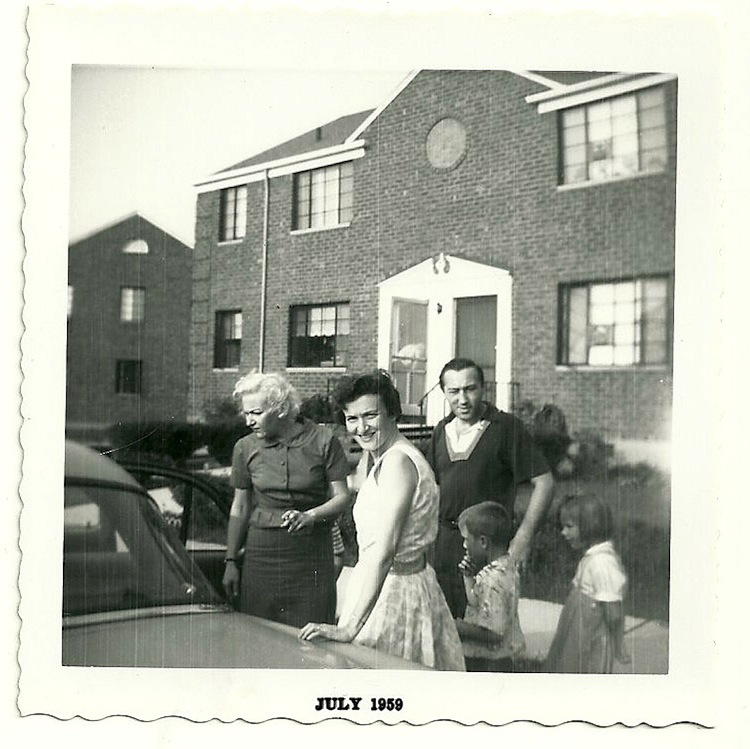
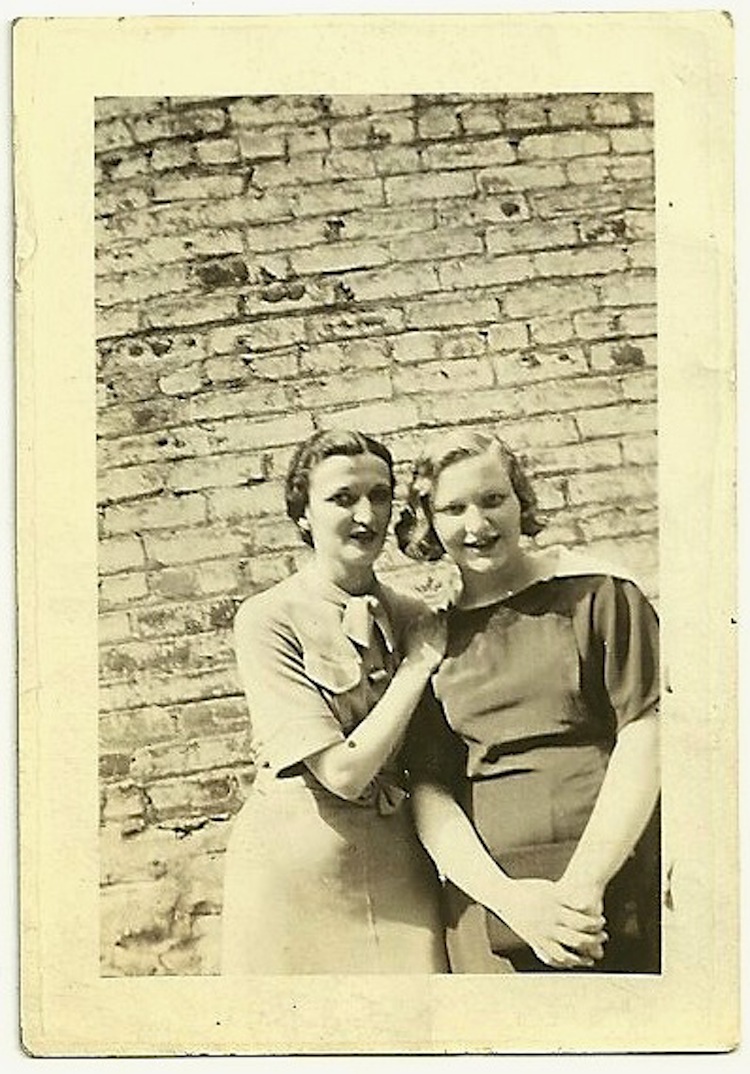

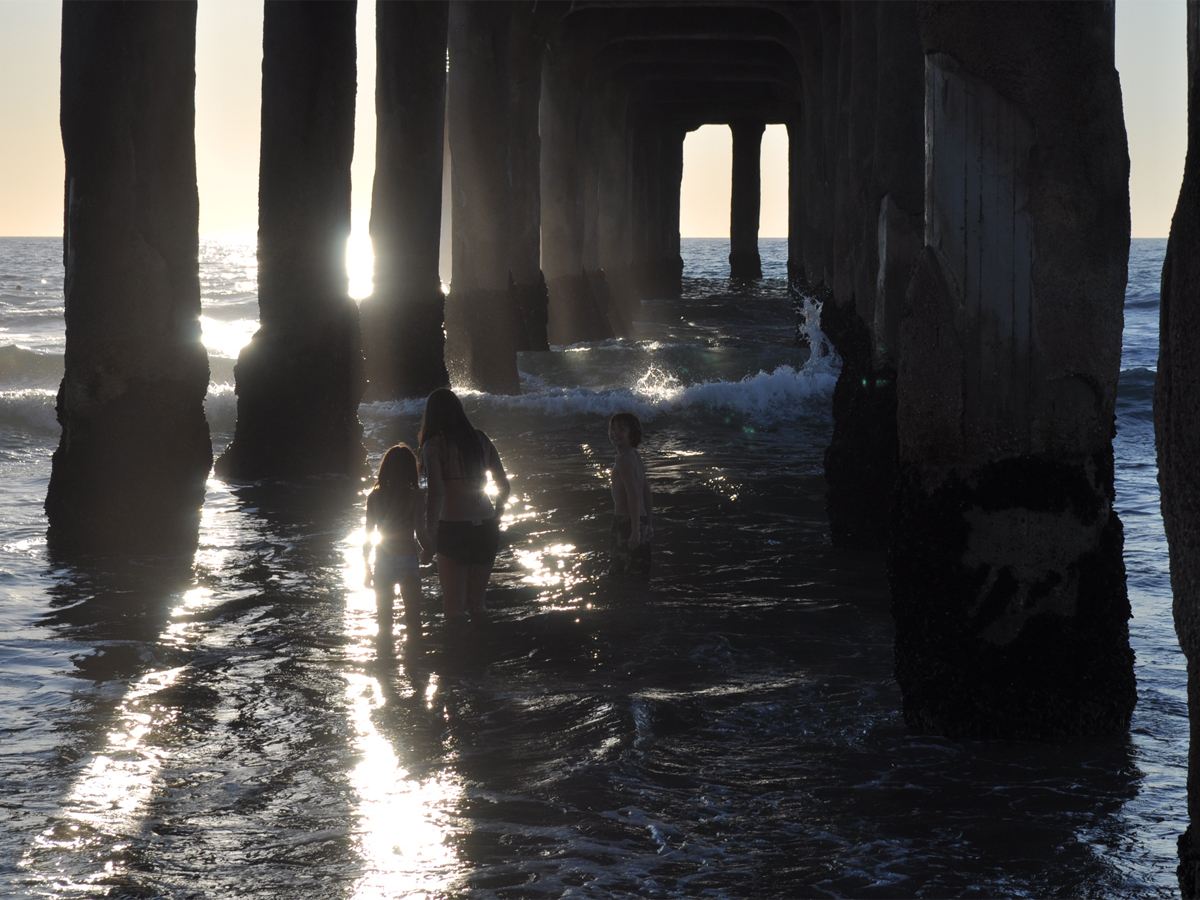
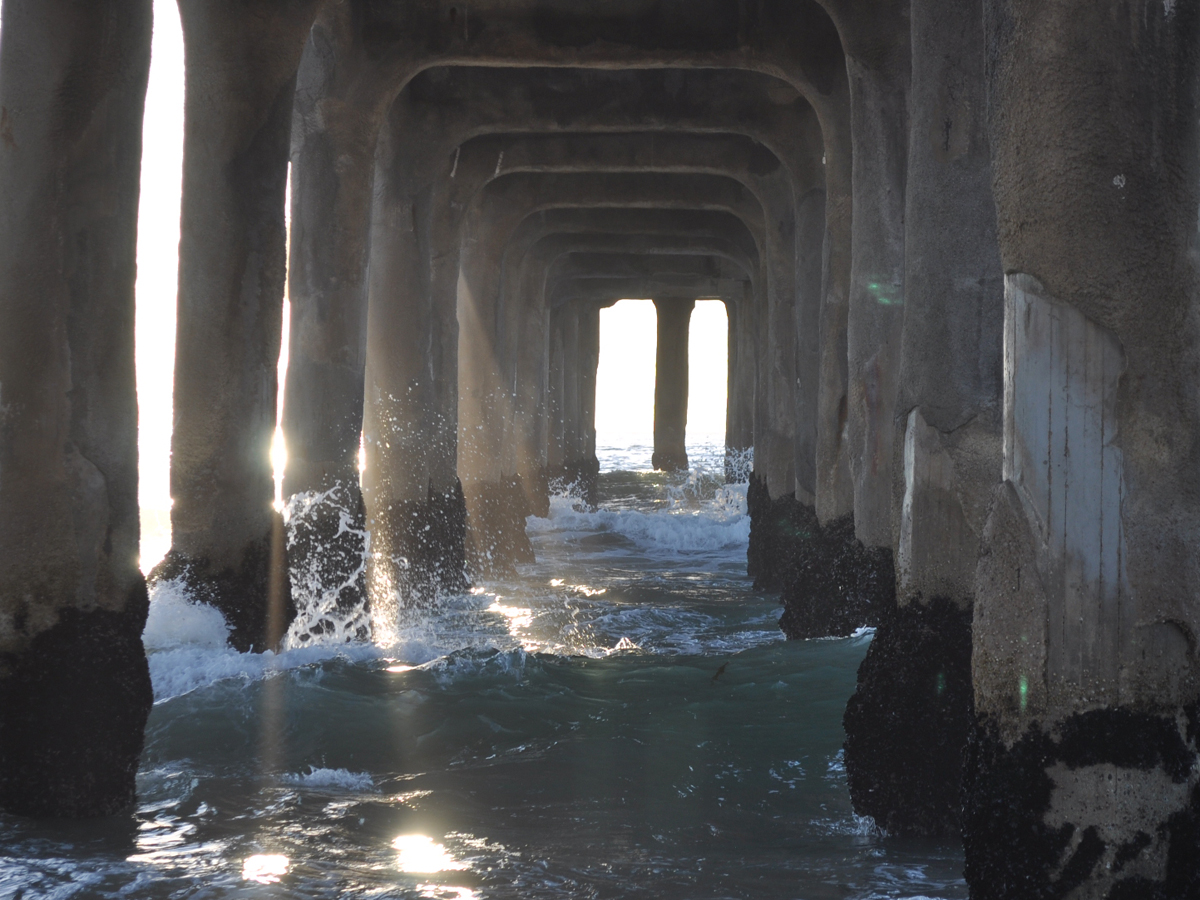
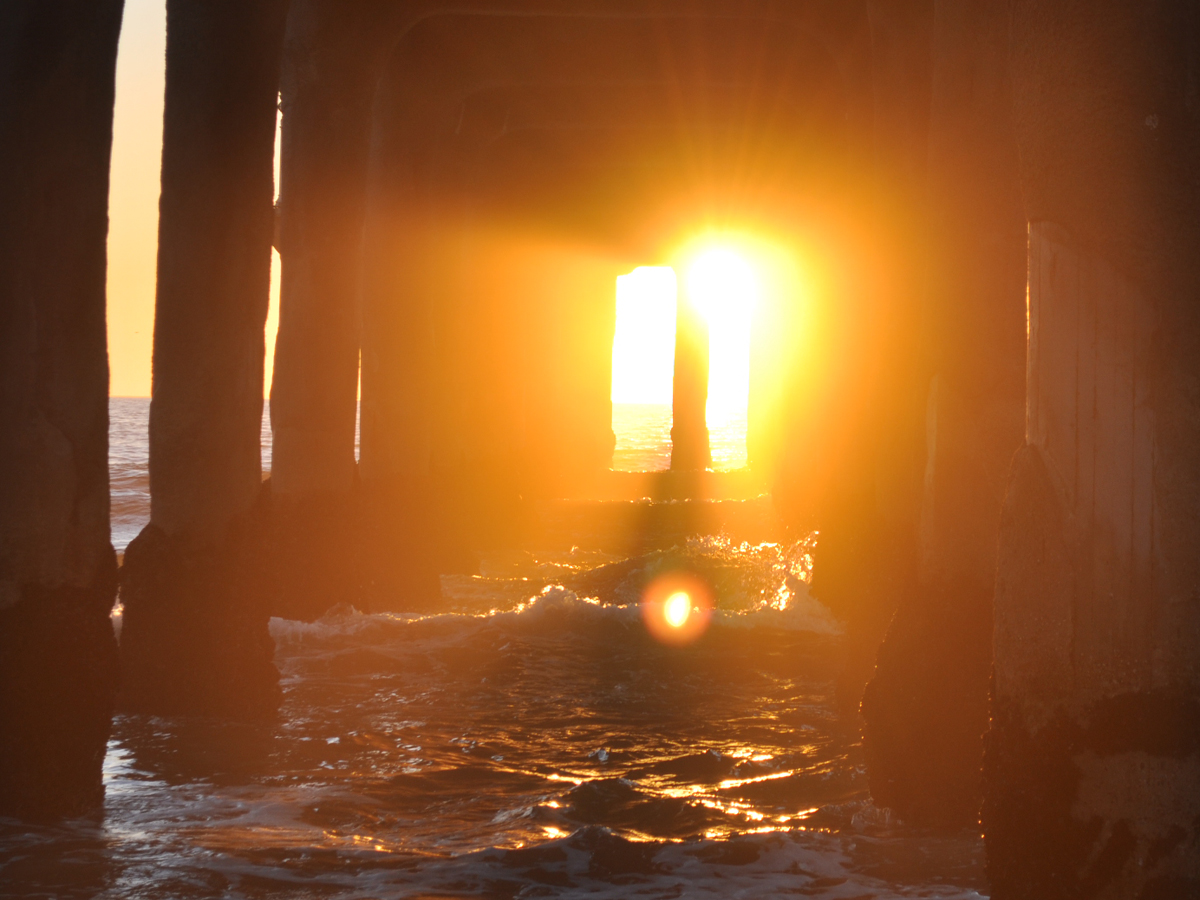

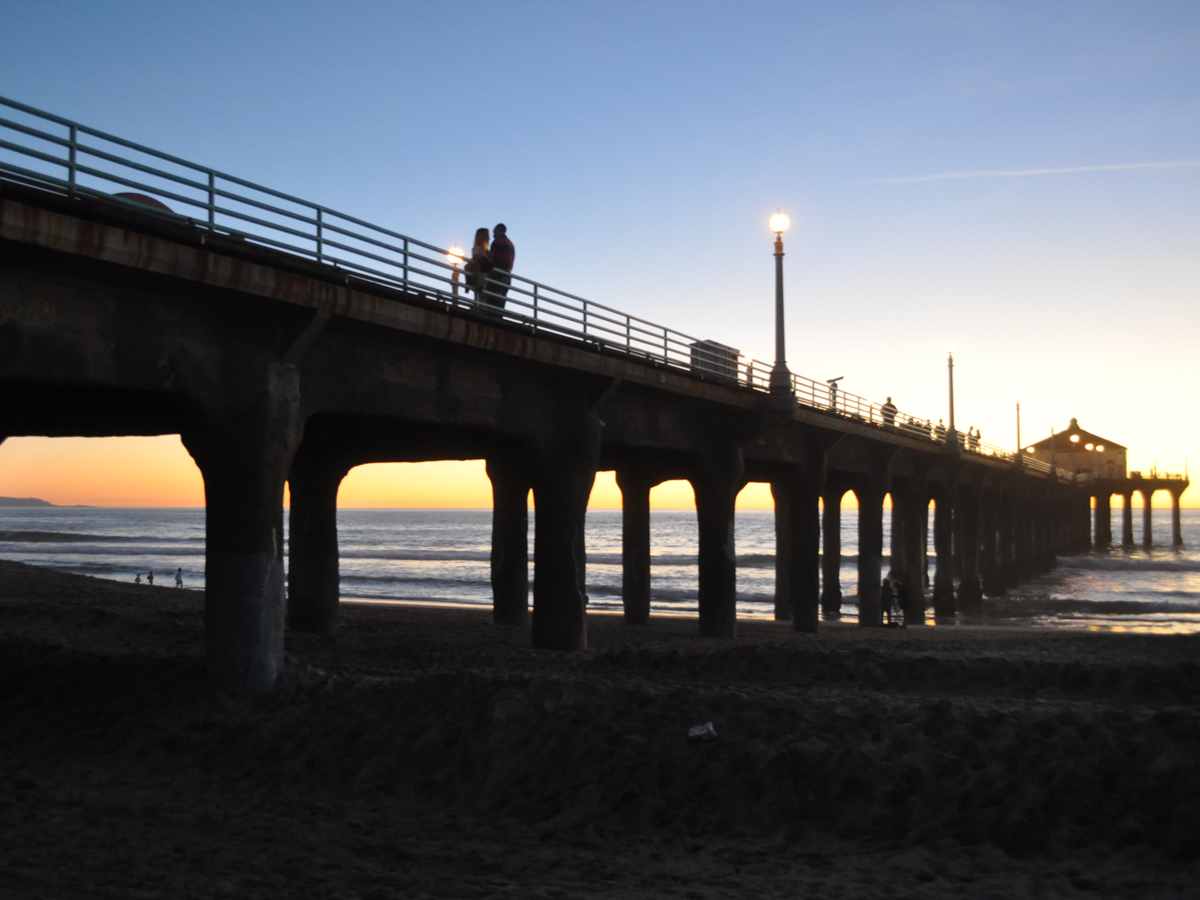
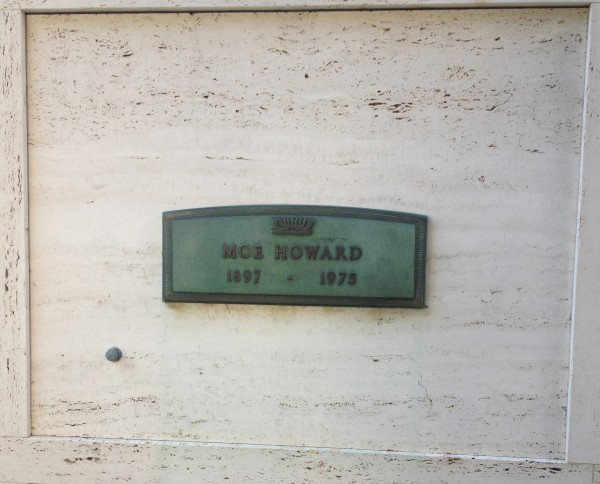 I promised, after
I promised, after